Hoa Binh is the gateway to the Northwest region of Vietnam. This place impresses visitors with its diverse landscapes from rivers, lakes, mineral springs, national parks and the cultural identity of the H'Mong, Muong, Dao, Thai ethnic groups...
With a large area and many scenic spots, visitors can come to
Hoa Binh in any season with different experiences. Normally, visitors should come to
Hoa Binh in the summer because the weather is cool and there is more time to explore.

The first destination in
Hoa Binh province that Hanoi Green Tour suggests is Hoa Binh Lake - considered the largest artificial lake in Southeast Asia with a length of up to 70km. At Hoa Binh Lake, visitors can kayak, fish on the Da River or visit artificial fish farms on the river. In particular, visitors can rent a boat to go upstream on the Da River, admiring the charming scenery on both sides of the river.
The resort destinations that tourists can look for are Kim Boi, famous for its hot springs or Mai Chau to see the ripe rice season, Luong Son with its green grass hills. Meanwhile, Thung Nai, also known as "miniature Ha Long", is located on the road before entering
Hoa Binh City, famous for the scenery of the Da River when you sit on a boat to enjoy the scenery.
If you want to learn about local culture, you should not miss Ban Lac, where there are hundreds of stilt houses up to 700 years old. This place also has endless rice fields and stilt house homestays for accommodation. Experiencing cycling, exploring the scenery and life of the local people in Ban Lac will be an interesting activity.
Specialties to try when exploring
Hoa Binh:
Chicken cooked with sour bamboo shoots and doi seeds are also specialties of Hoa Binh. Fresh bamboo shoots are taken from the forest, chopped and washed, adding salt to ferment naturally. The bamboo shoots are light yellow, fragrant and not scum. The chicken often chosen to cook bamboo shoot soup is hill chicken, which is chewy and fragrant. After cleaning, it is cut into small pieces, stir-fried with onion and fat until firm. Then the chicken is simmered with sour bamboo shoots and added with doi seeds, which has a pungent, fragrant taste.
Buffalo meat cooked with lom leaves, a specialty of the Muong people, is also very popular. The buffalo meat is grilled, scraped clean, then roasted until tender. When the meat is relatively cooked, cut into smaller pieces, put in a clay pot and stewed thoroughly. The lom leaves have a sour taste and are crushed and broken rice is put into the pot to stew with the buffalo meat. Keep the fire going until the broken rice expands and thickens. The buffalo meat is well-cooked, soaked in the sour taste of lom leaves and the fragrant aroma of rice and is easy to eat.
Sour pickled pork gives visitors the feeling of enjoying both the grass and the taste of the forest due to the unique way of making it. The dish of sour pickled pork is made very elaborately and combined with many types of forest leaves. All are readily available products and each leaf is considered a valuable medicine that is beneficial to the body such as cinnamon leaves, jackfruit leaves, betel leaves... The first impression when guests come to the house is that the Muong people bring out a tray of pickled pork with a basket of leaves. When eating, you have to use your hands to roll the leaves with the meat, chew slowly, it is very rich, fragrant and sweet, and tastes very strange.
 The first destination in Hoa Binh province that Hanoi Green Tour suggests is Hoa Binh Lake - considered the largest artificial lake in Southeast Asia with a length of up to 70km. At Hoa Binh Lake, visitors can kayak, fish on the Da River or visit artificial fish farms on the river. In particular, visitors can rent a boat to go upstream on the Da River, admiring the charming scenery on both sides of the river.
The first destination in Hoa Binh province that Hanoi Green Tour suggests is Hoa Binh Lake - considered the largest artificial lake in Southeast Asia with a length of up to 70km. At Hoa Binh Lake, visitors can kayak, fish on the Da River or visit artificial fish farms on the river. In particular, visitors can rent a boat to go upstream on the Da River, admiring the charming scenery on both sides of the river.



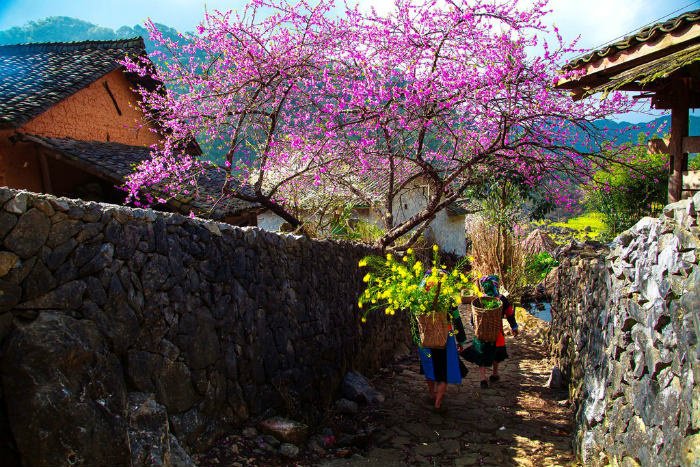
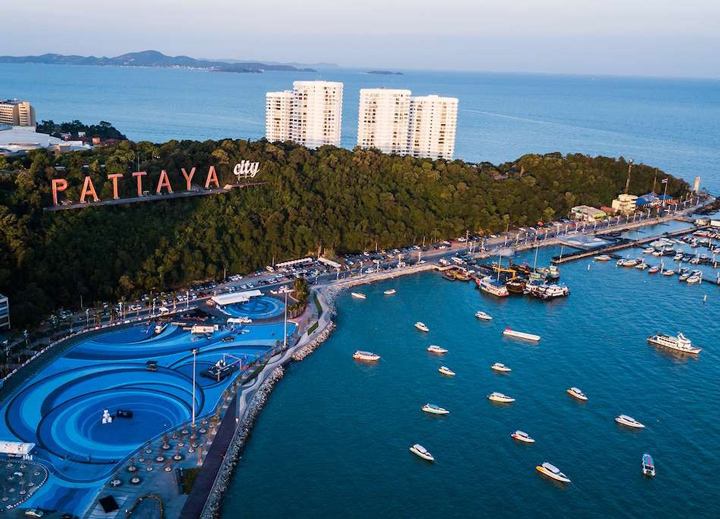

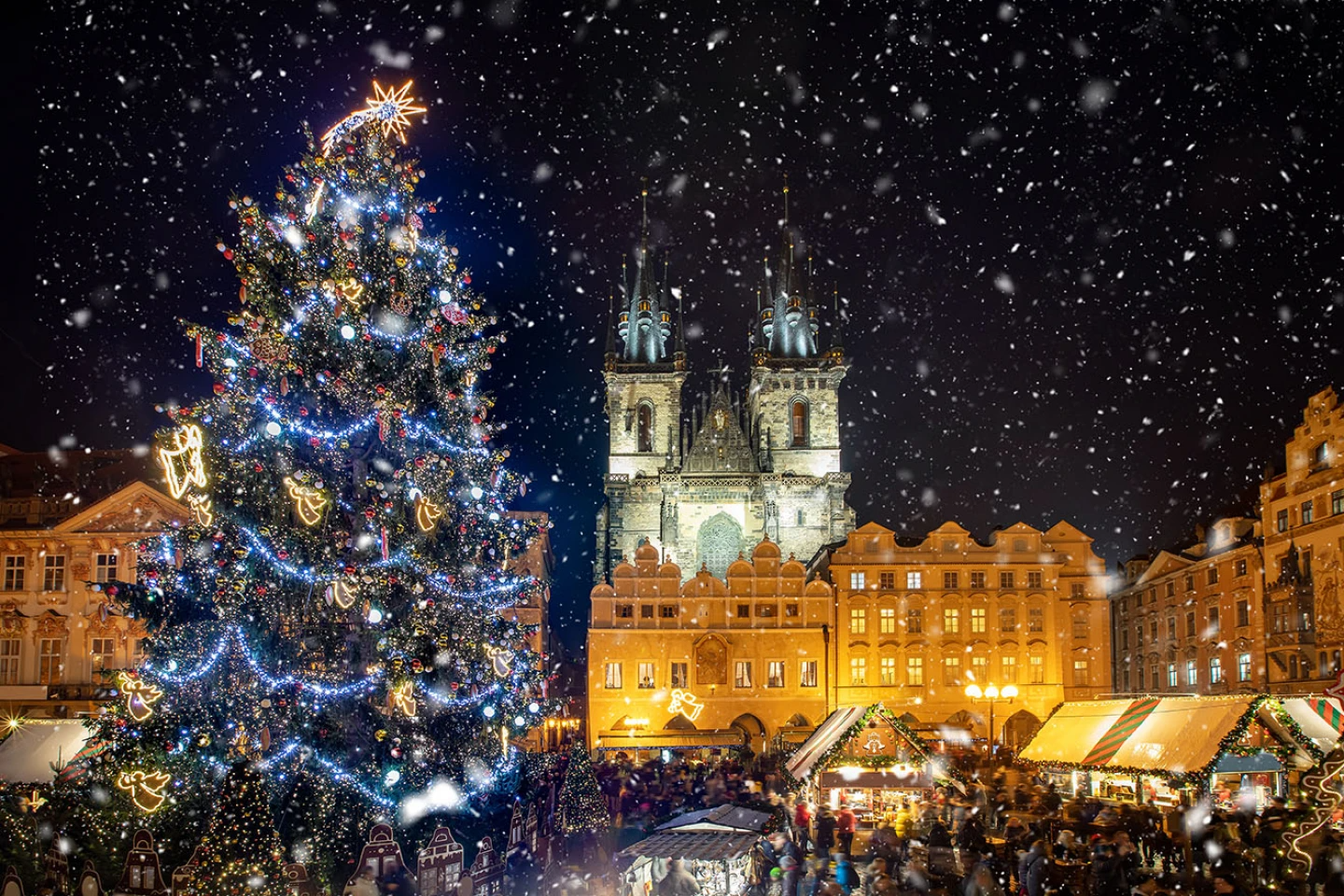
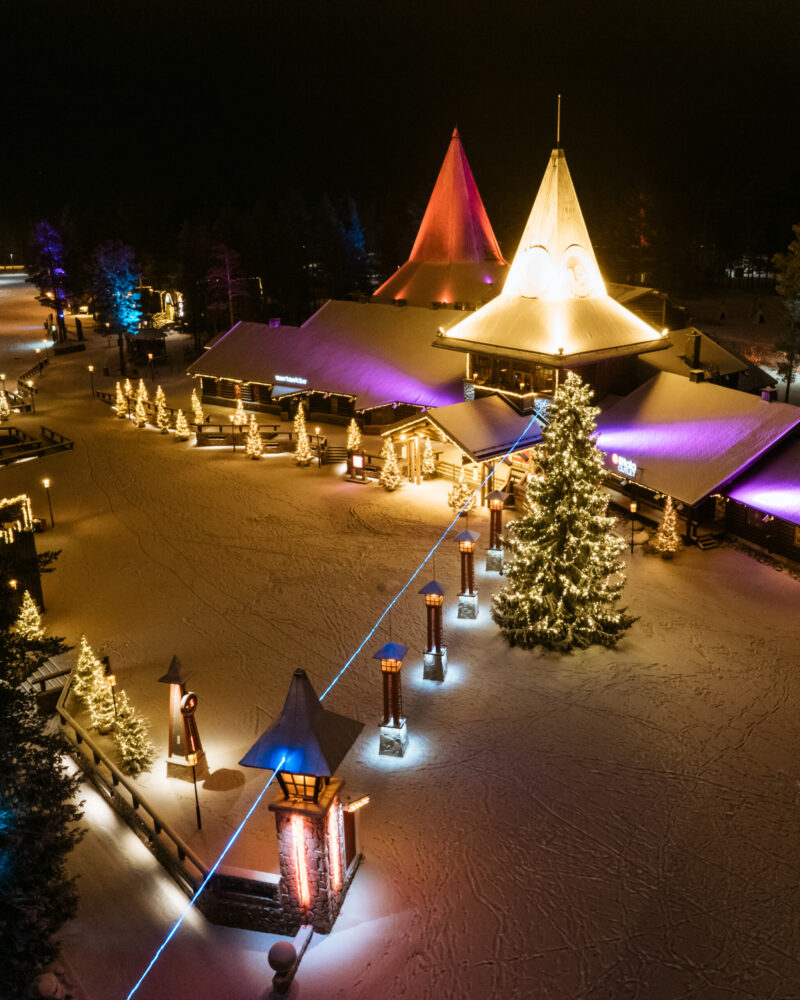



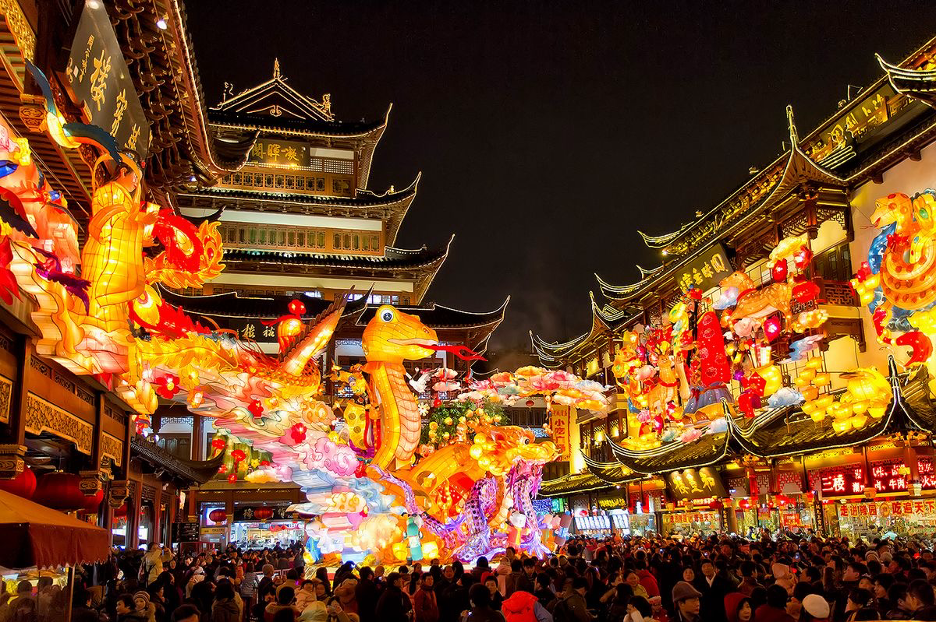

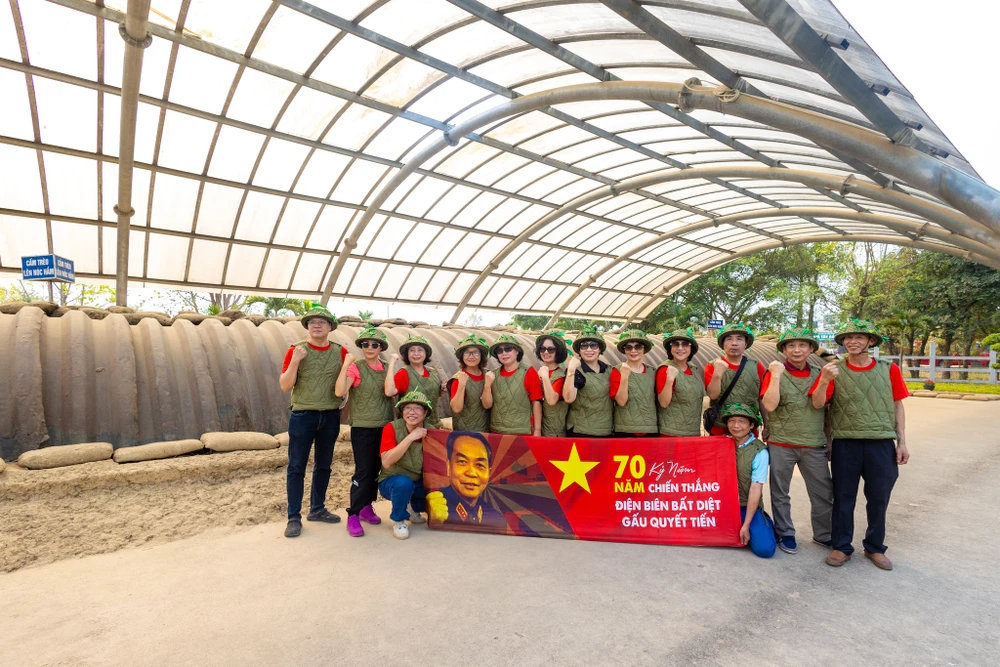



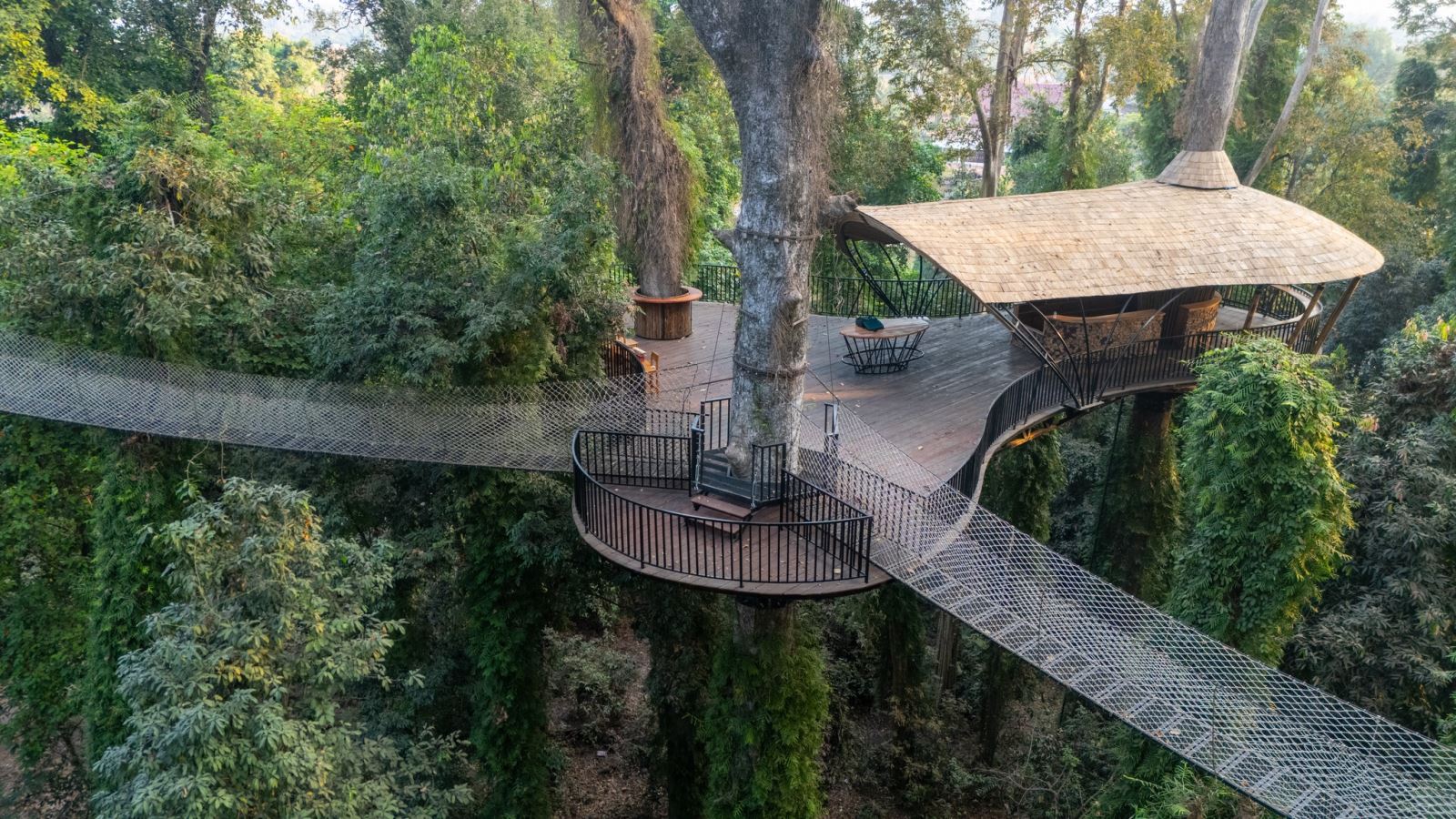
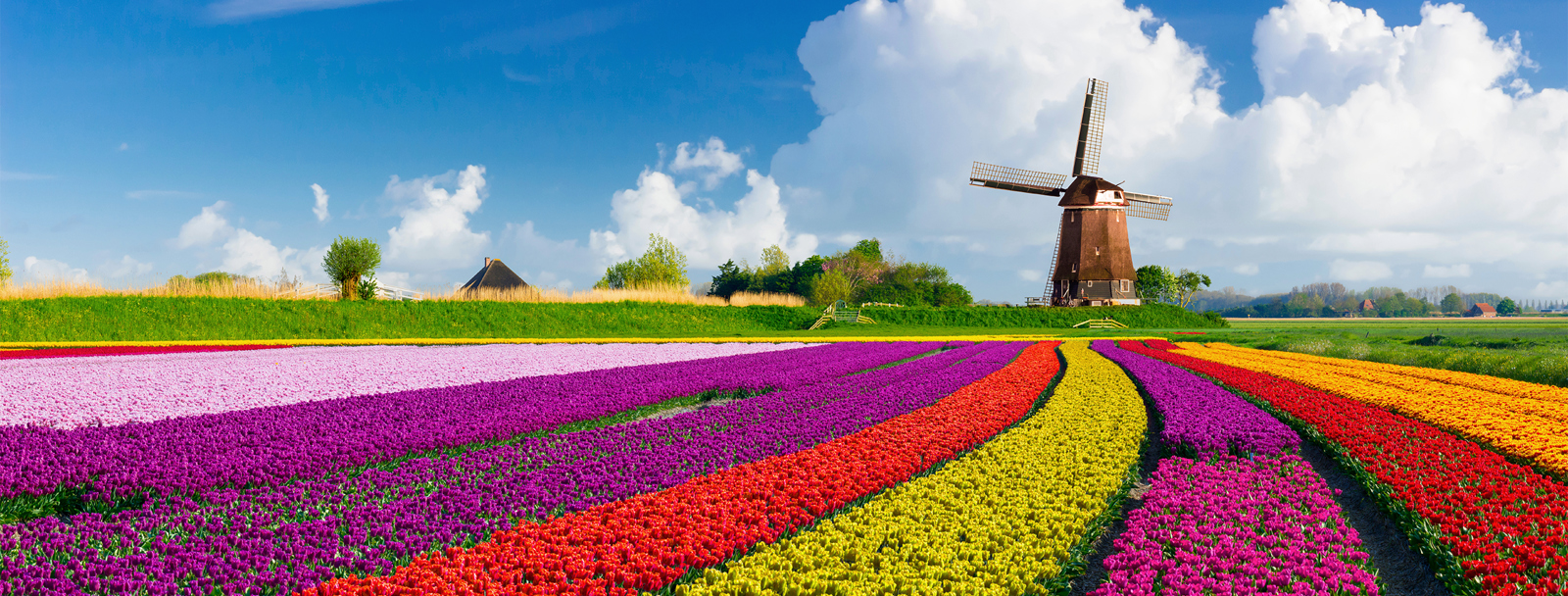
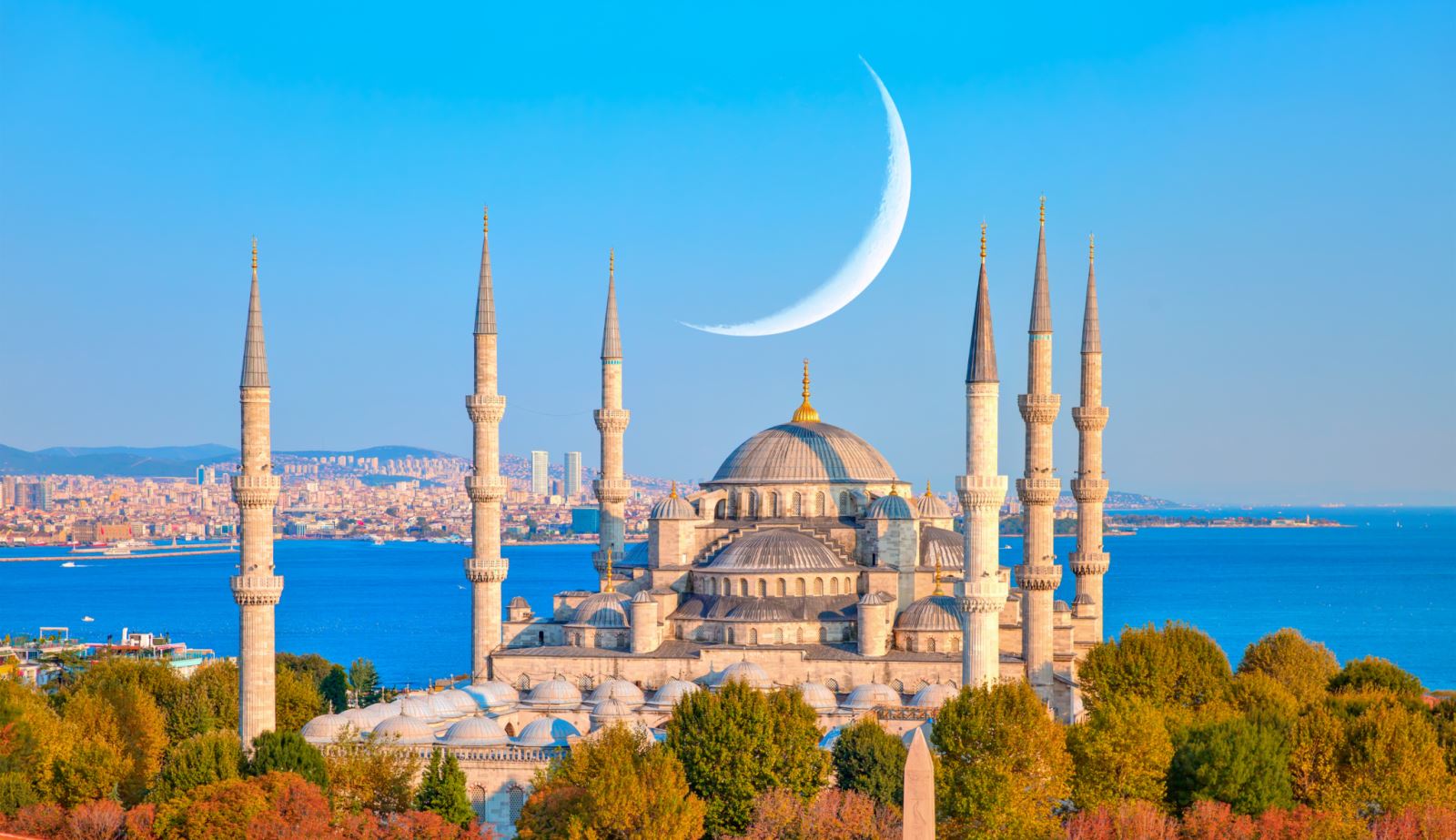



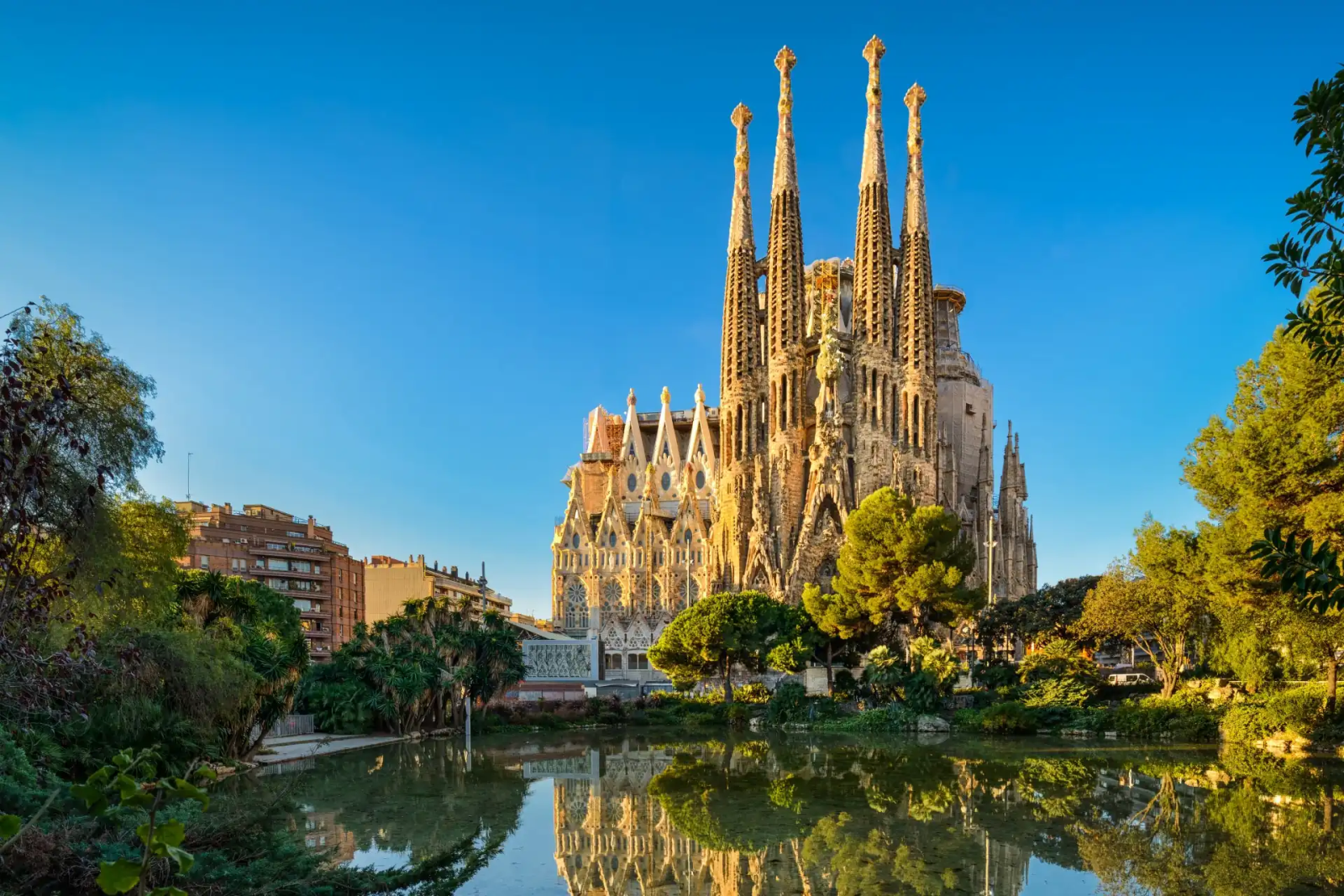
.jpg)





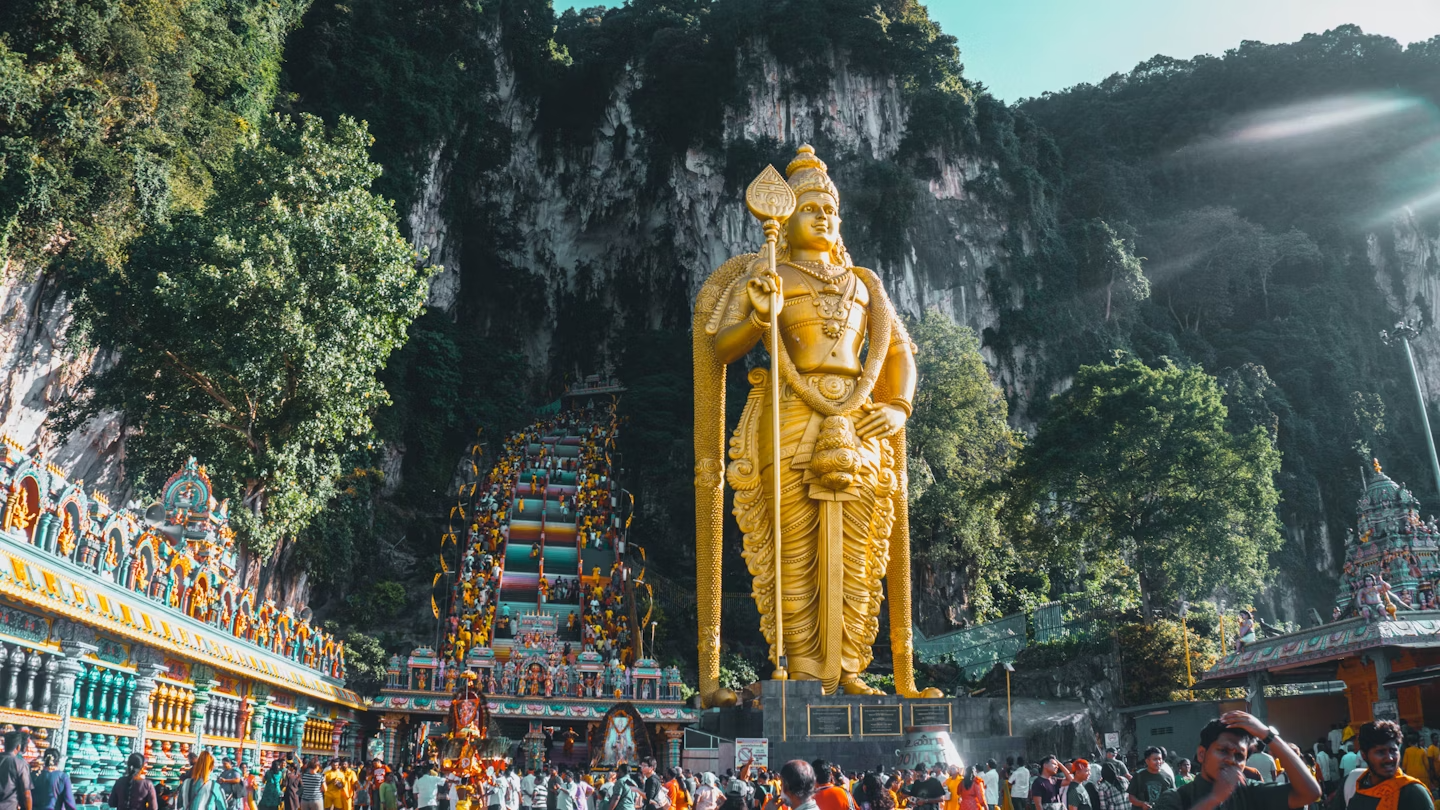



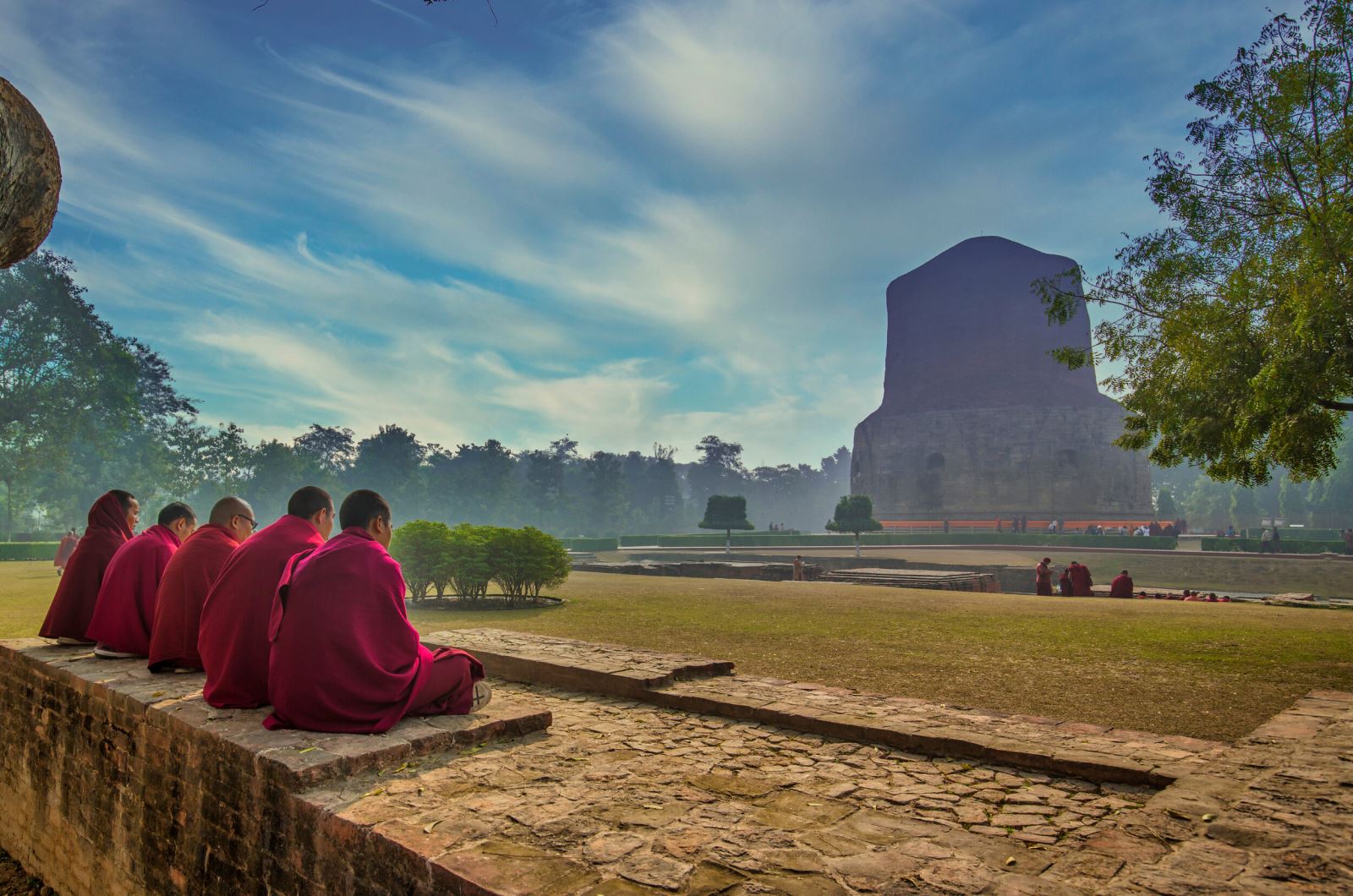



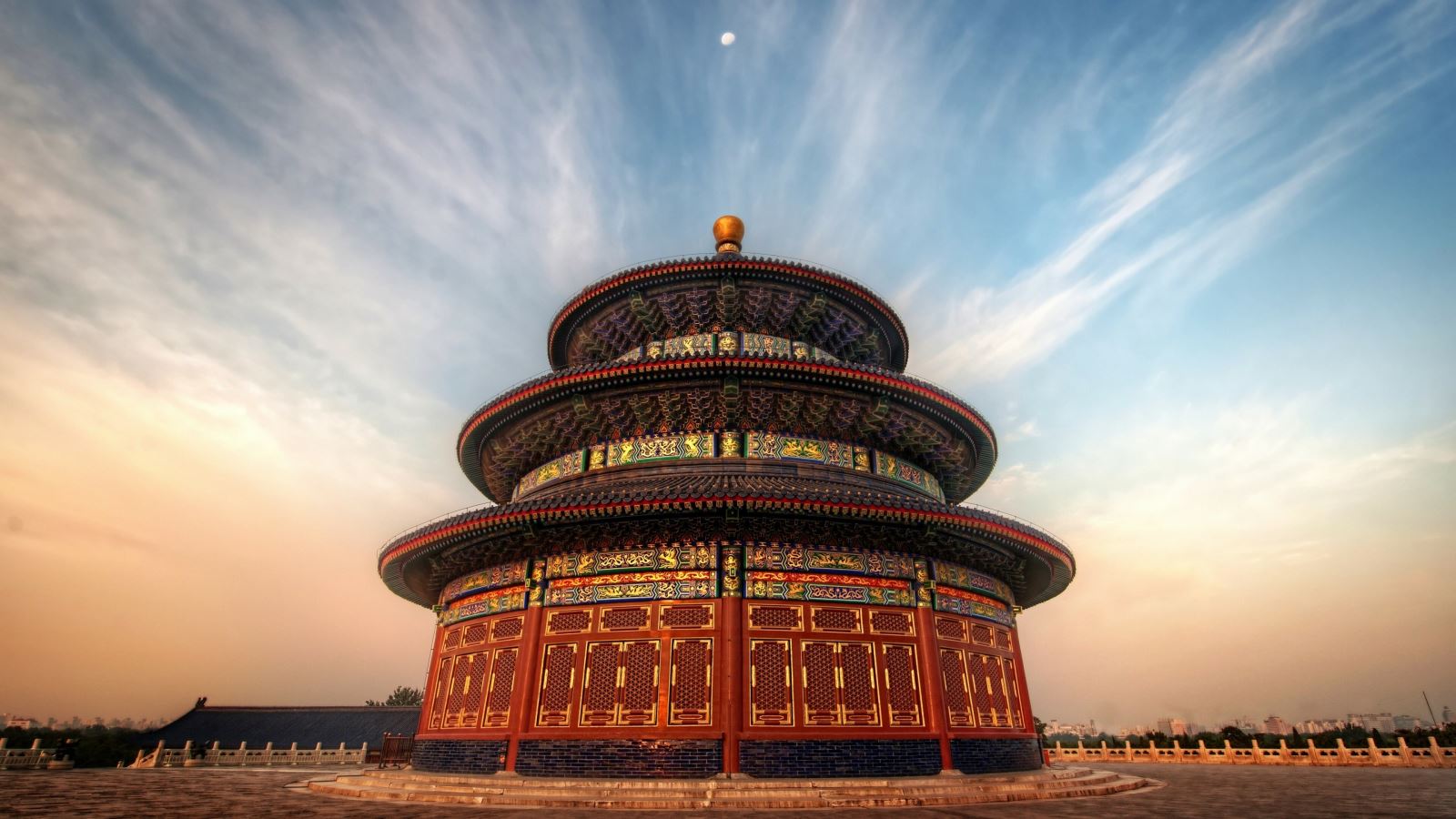

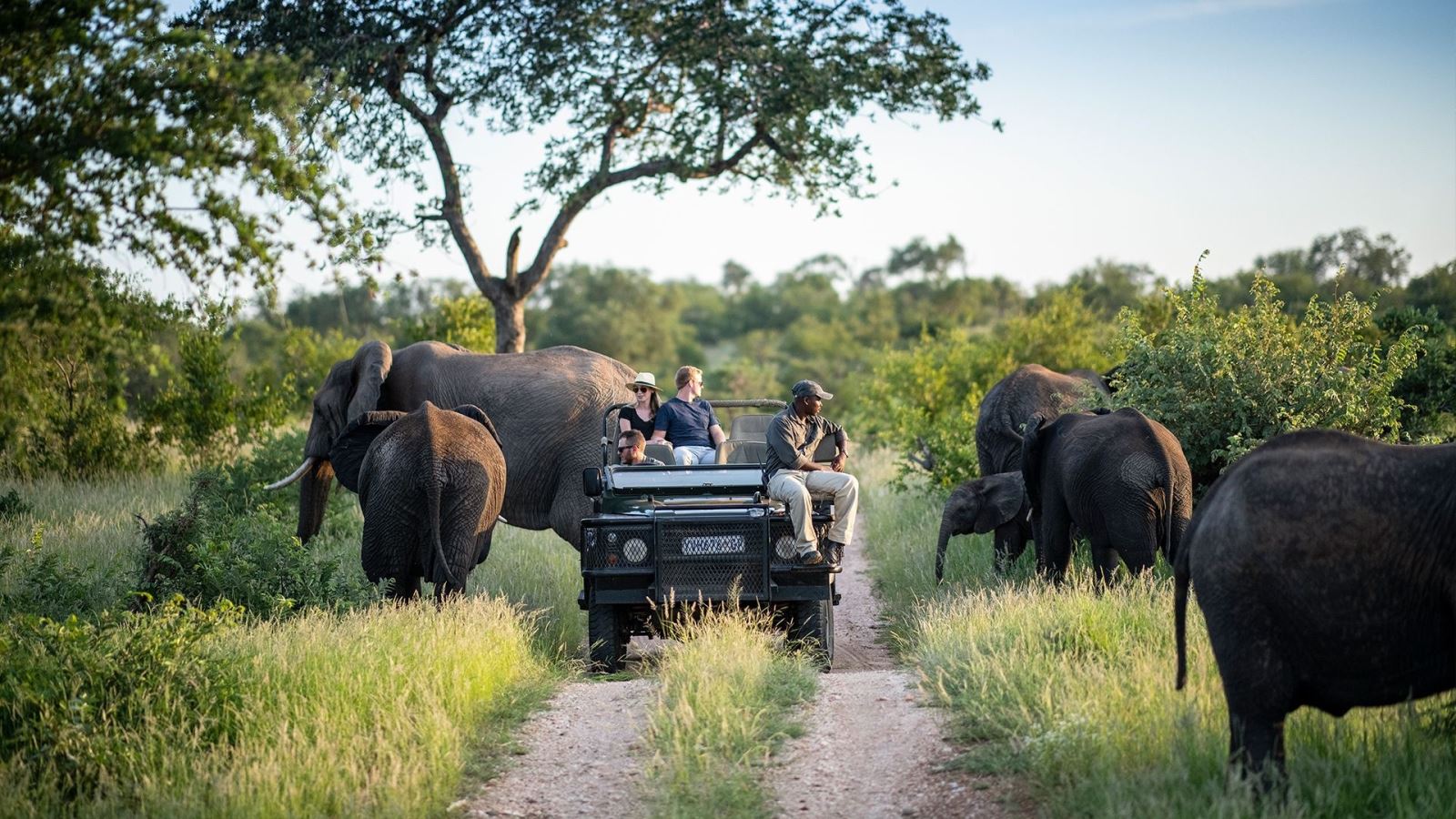

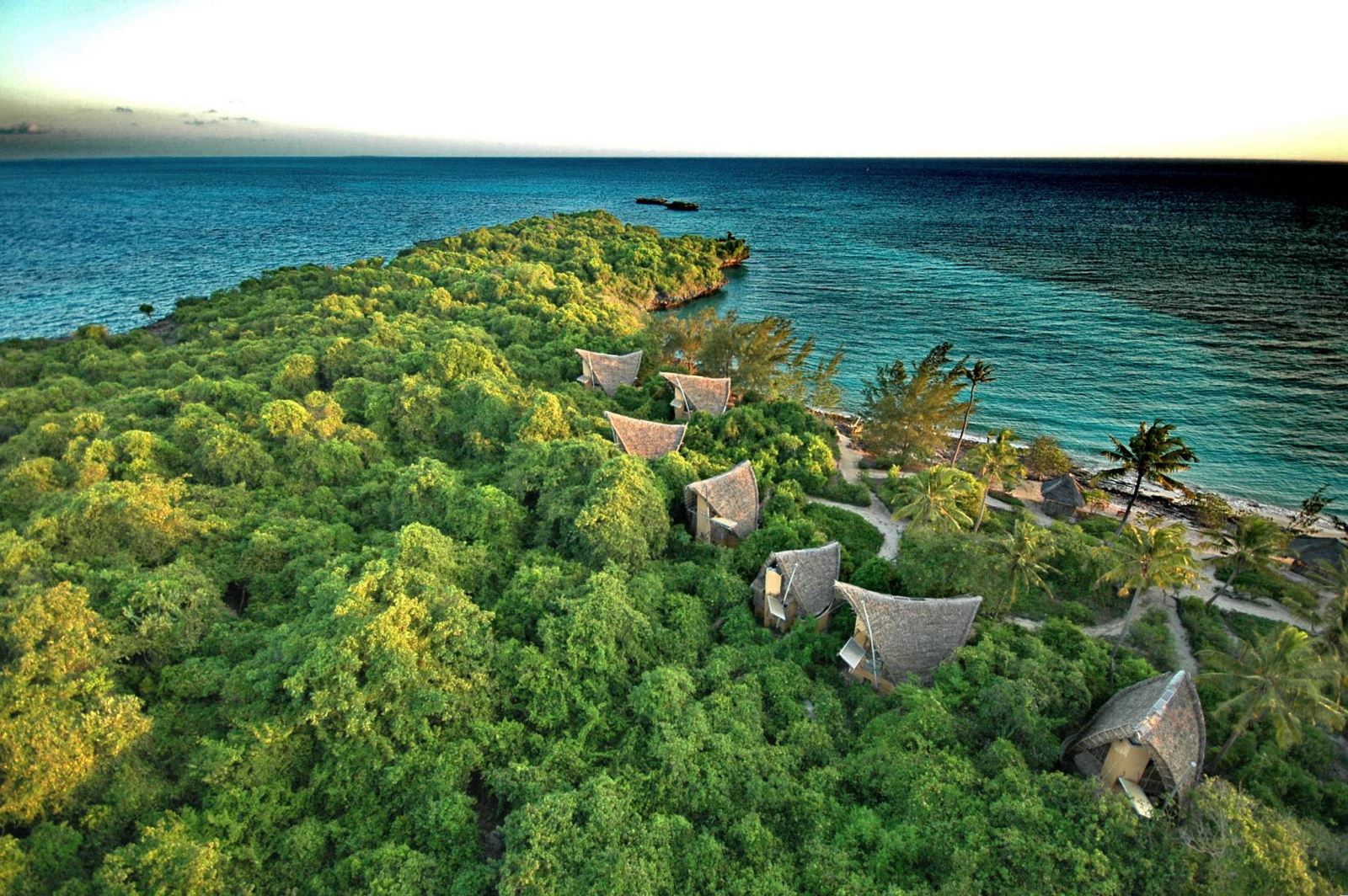
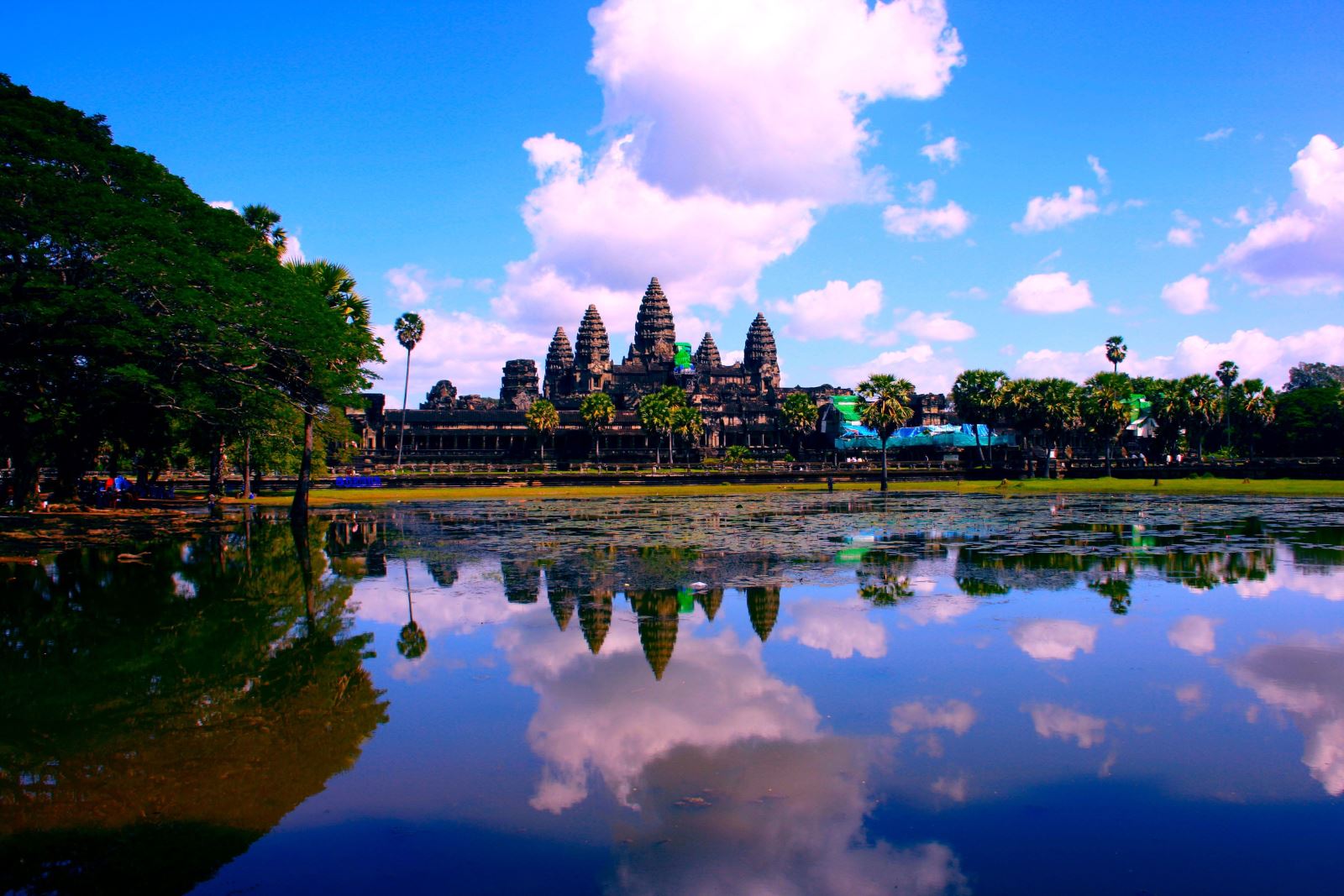
.png)
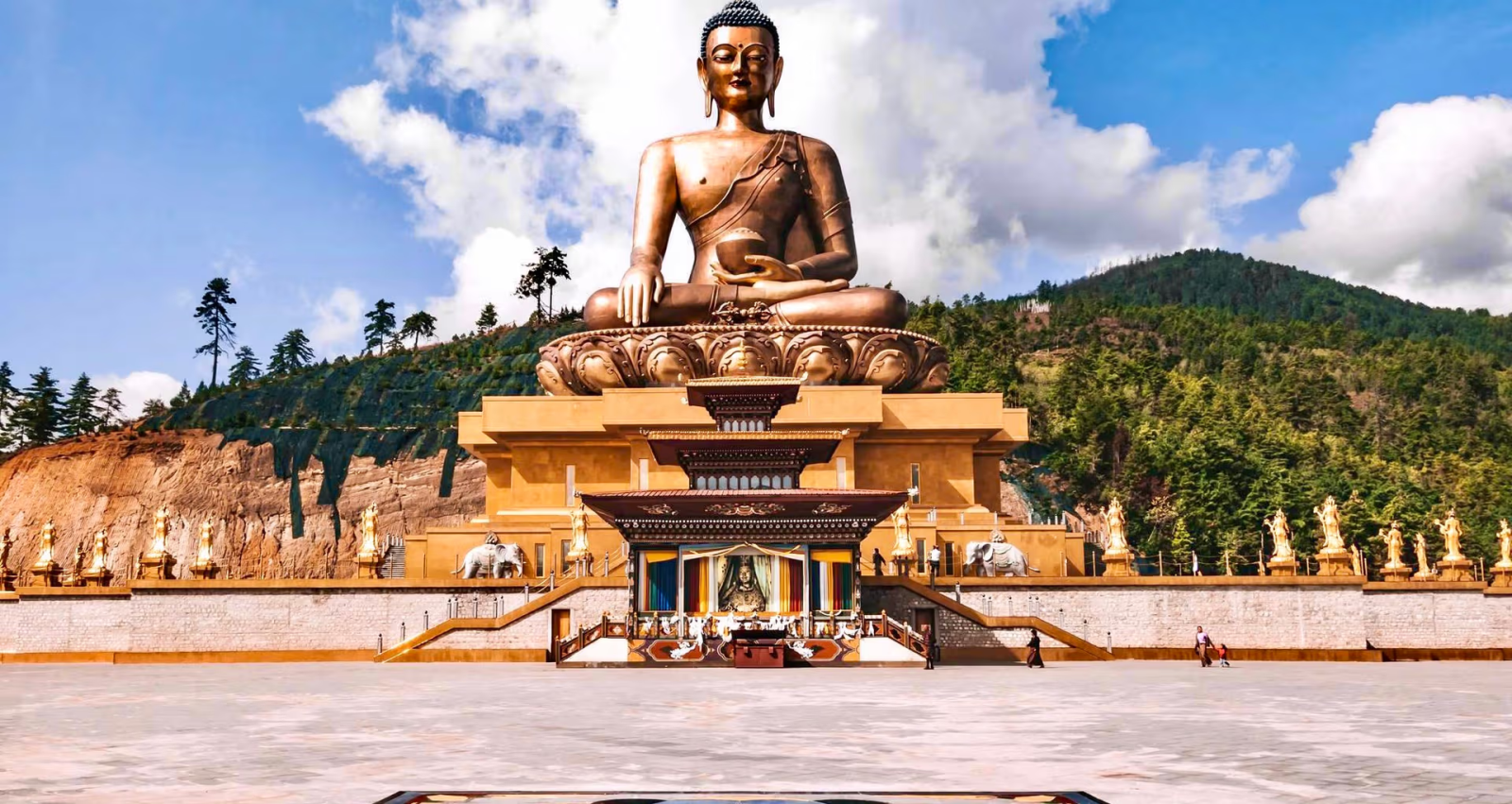



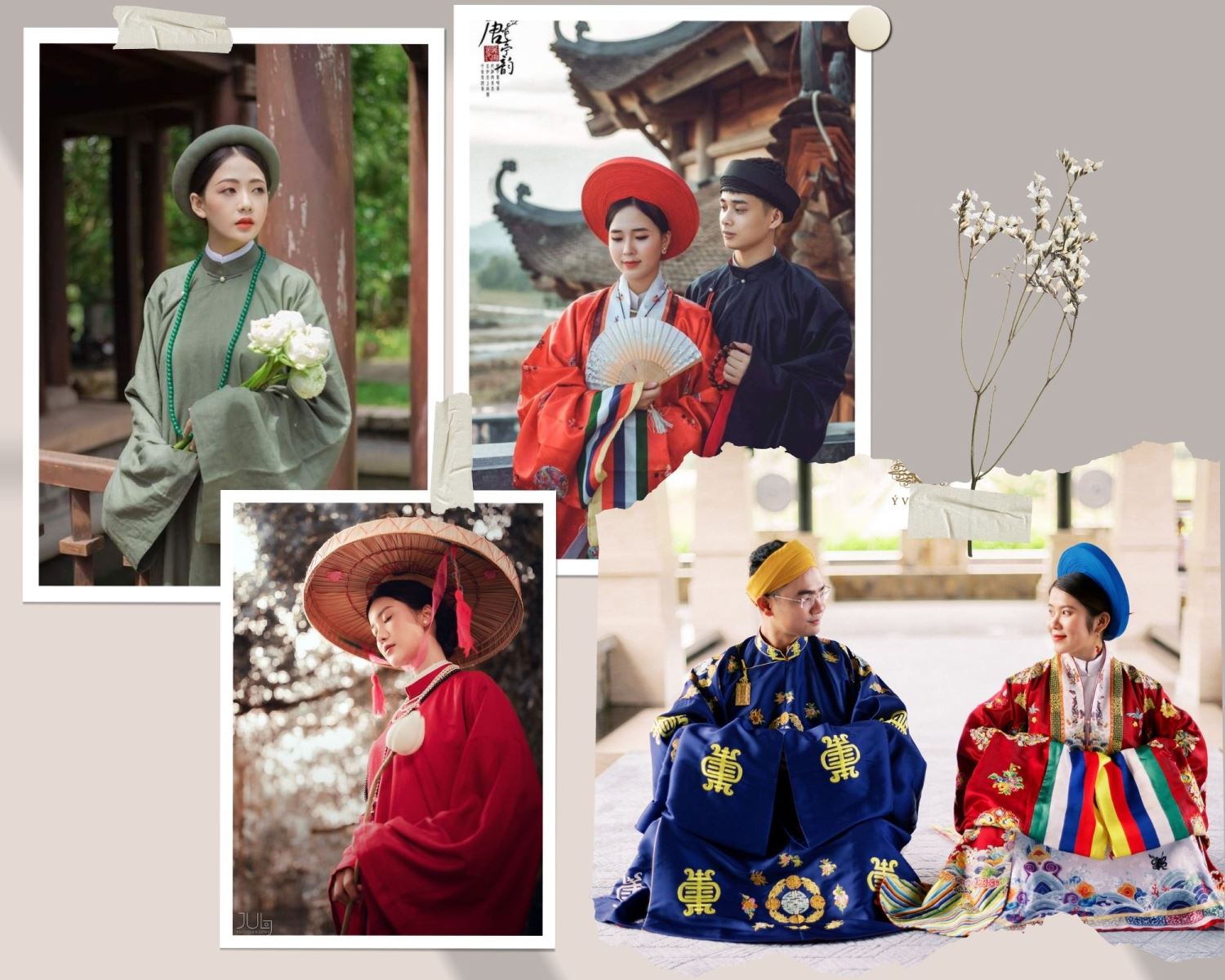



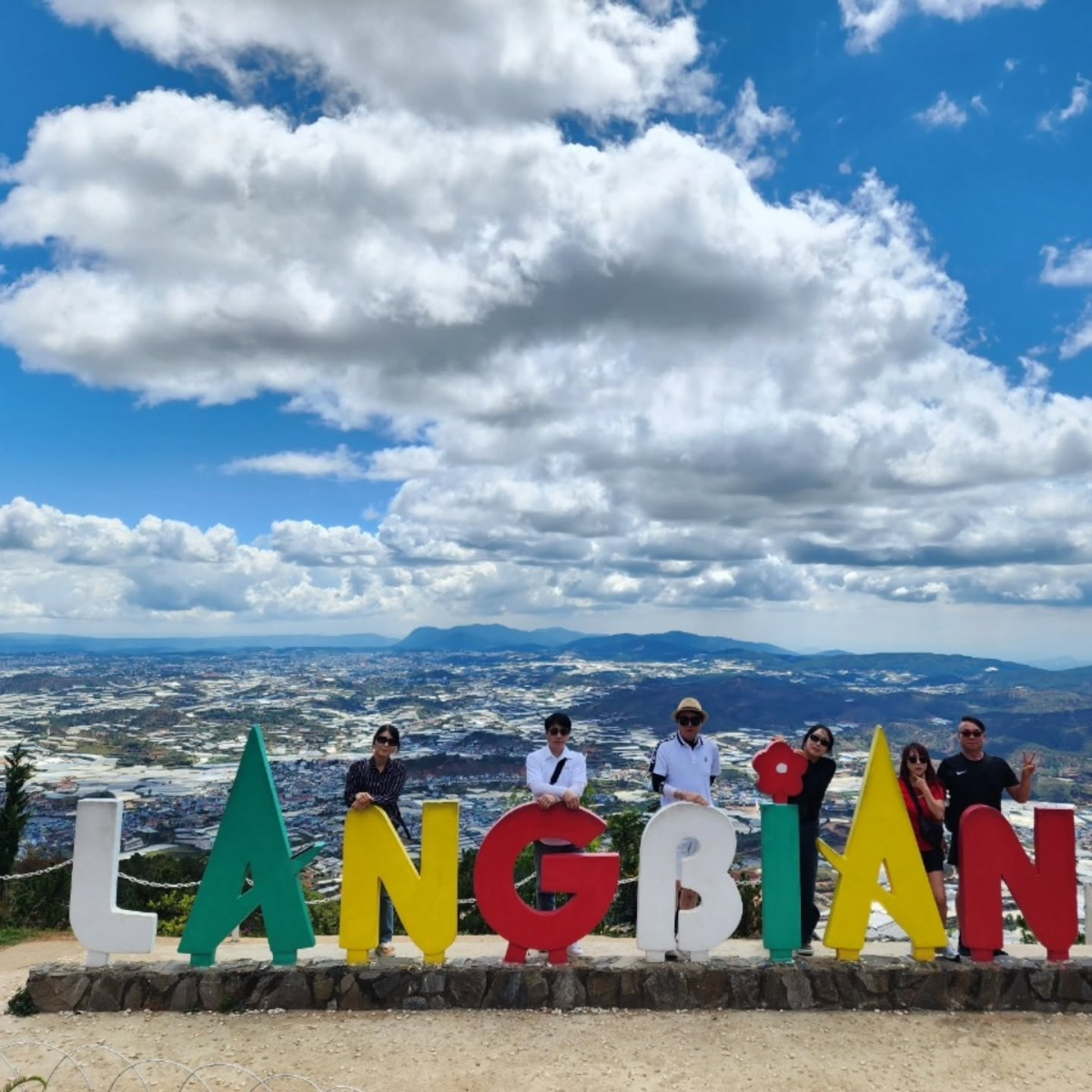
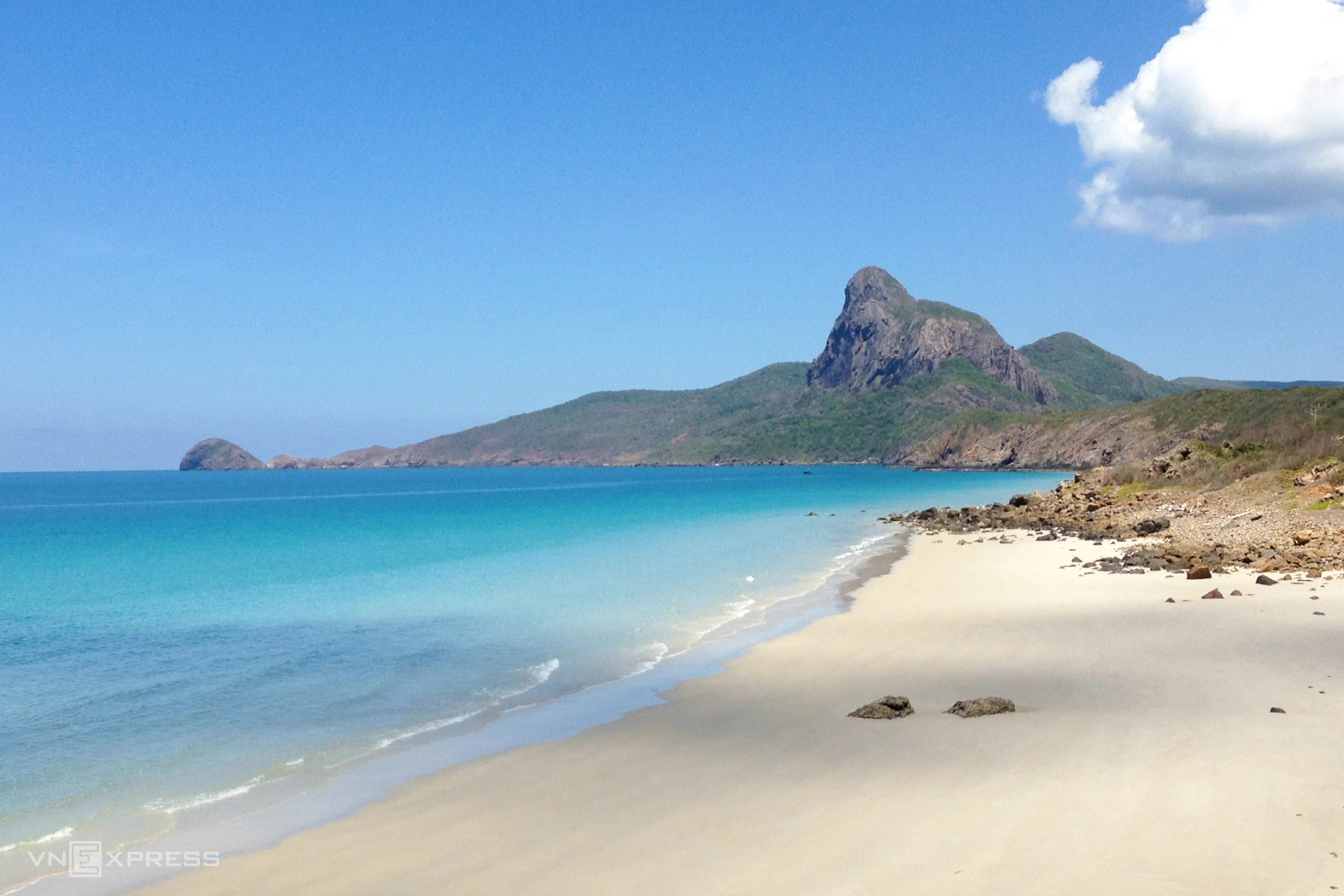
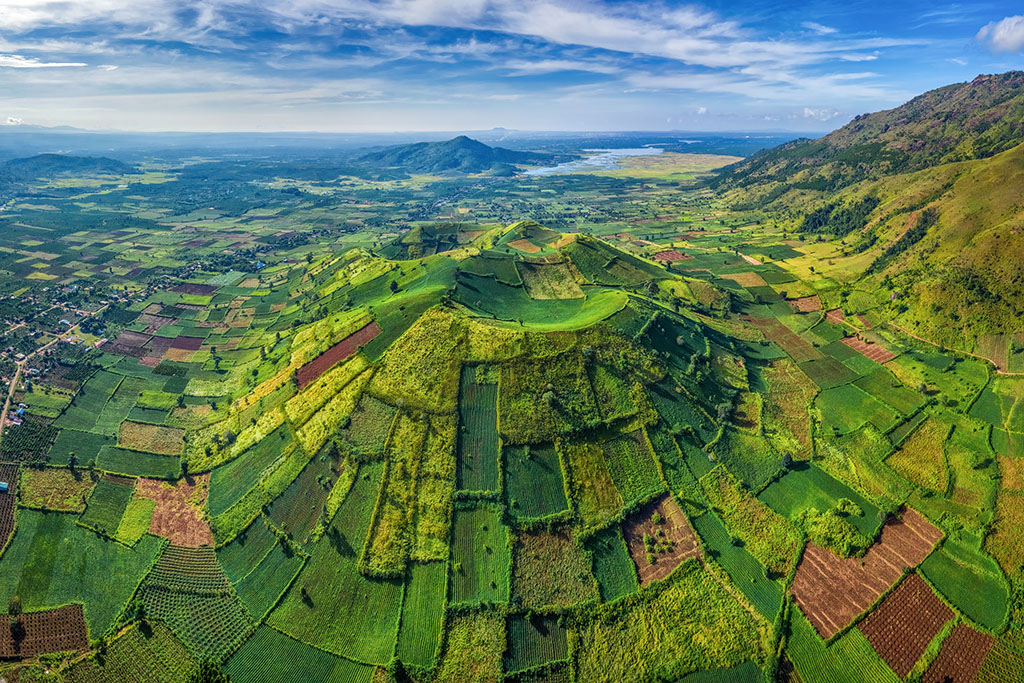
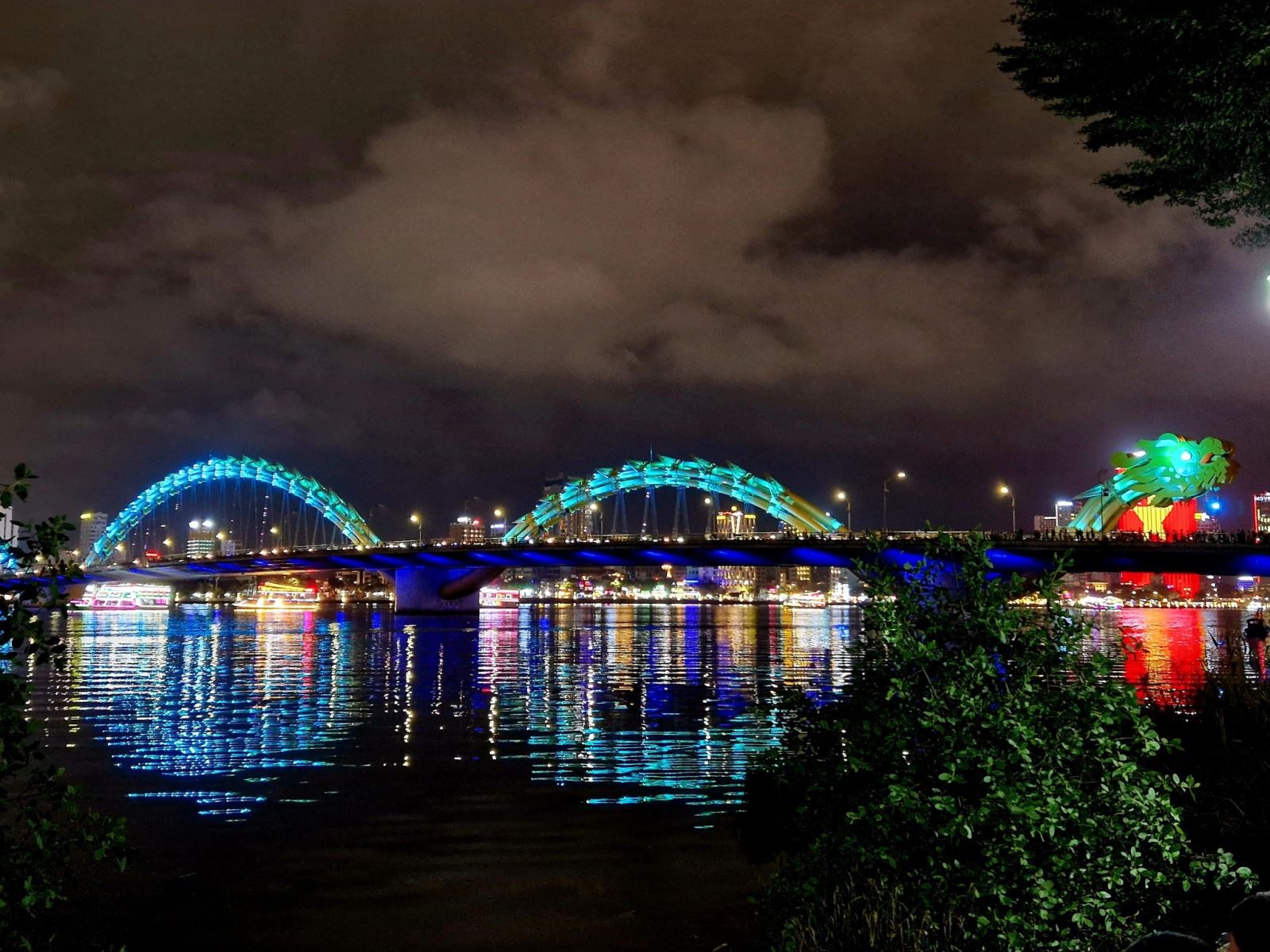

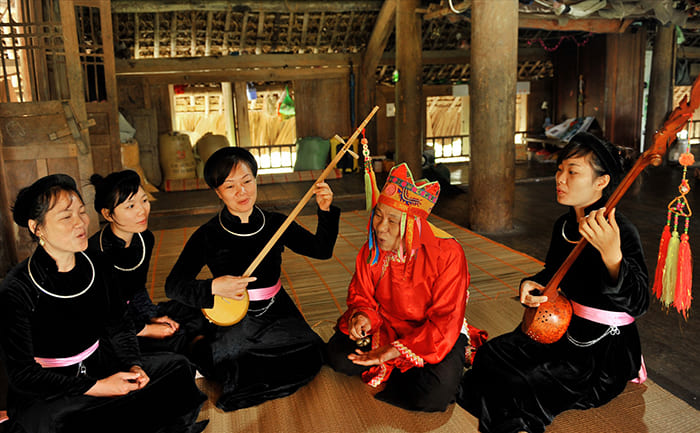
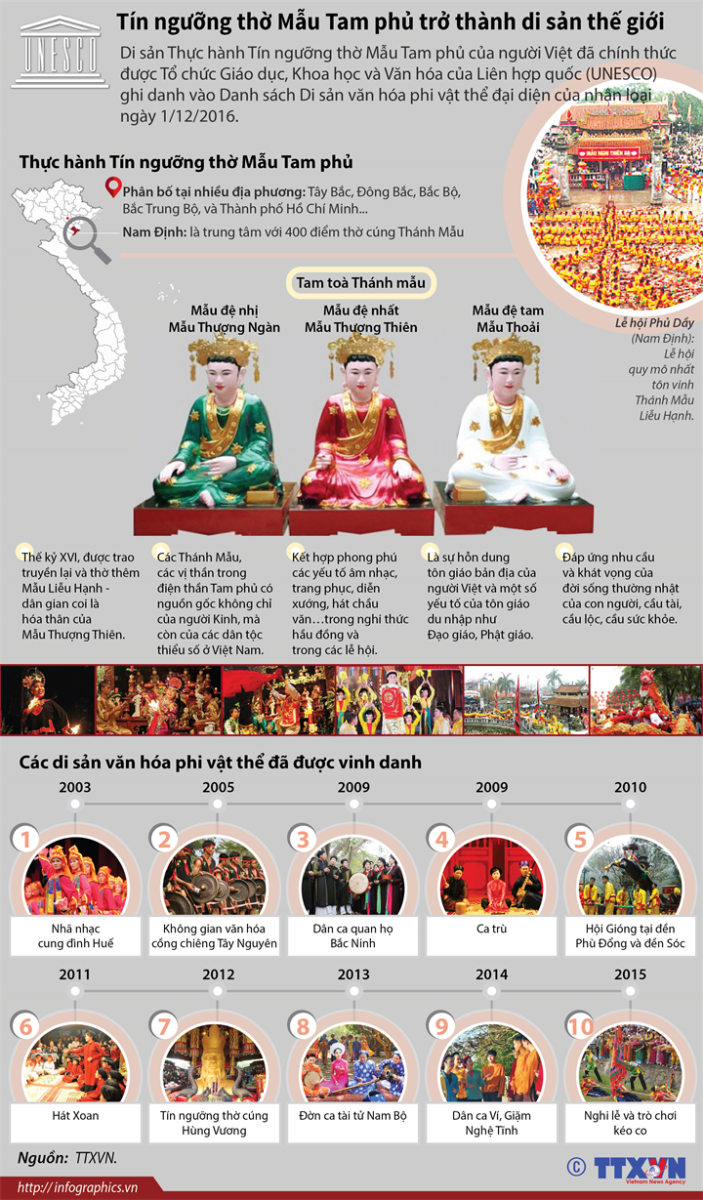
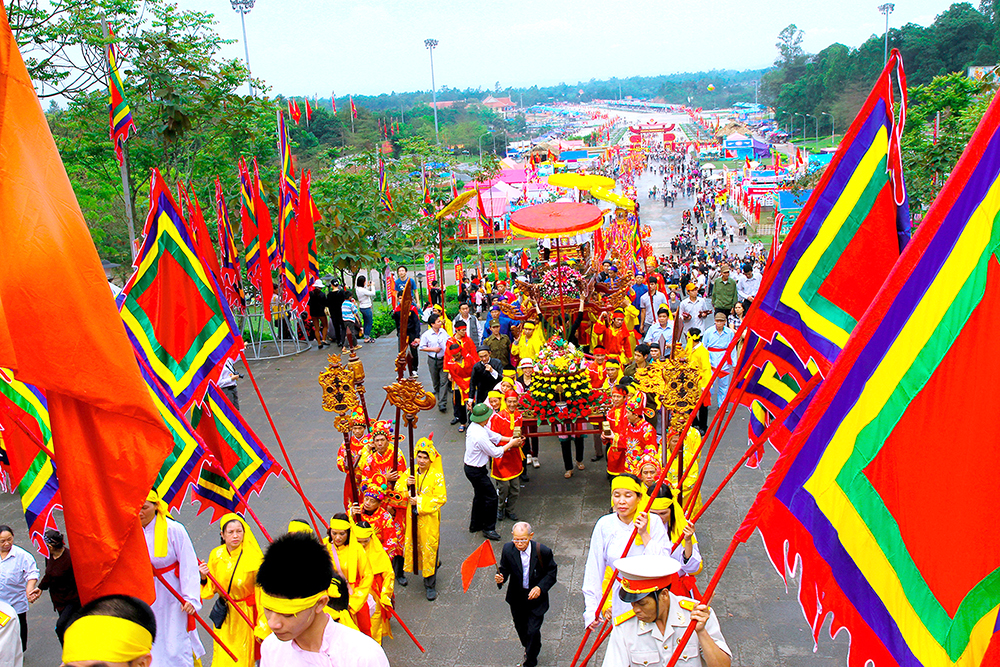
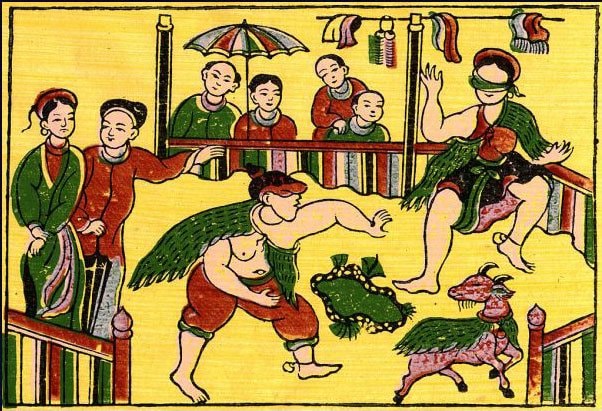


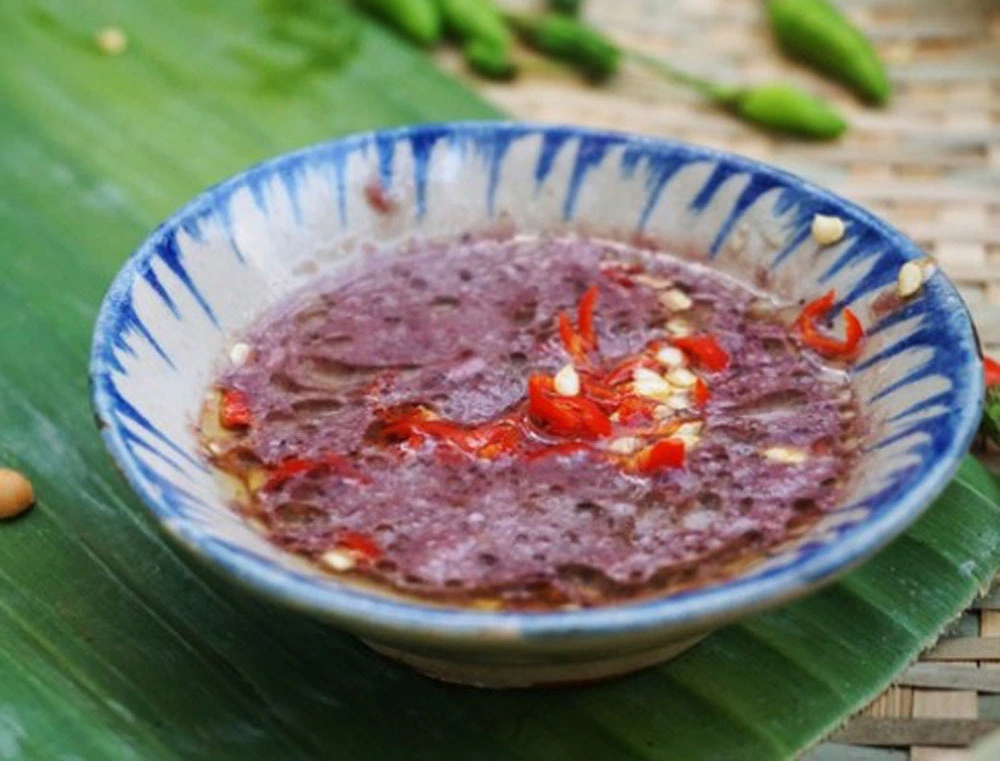
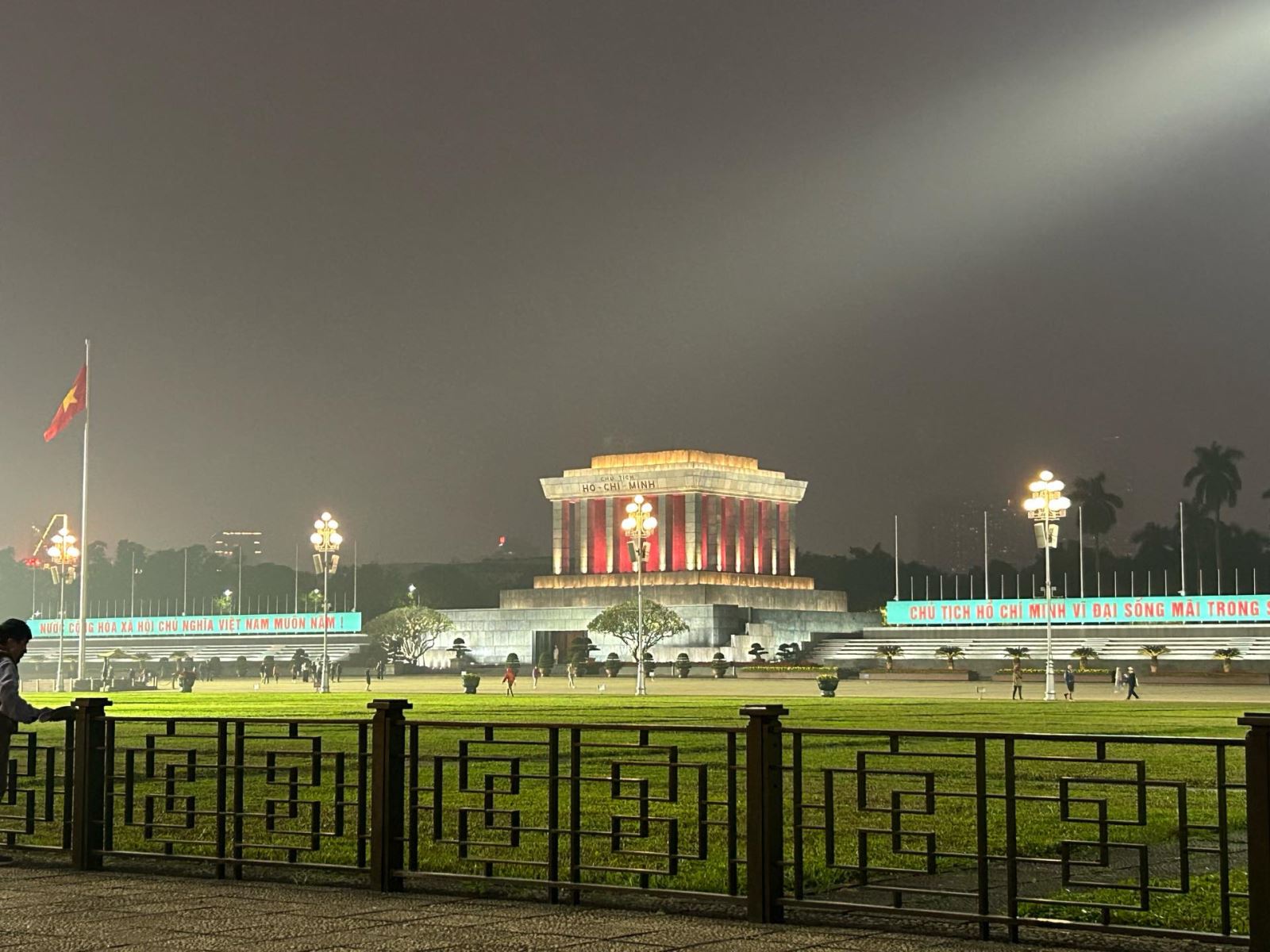
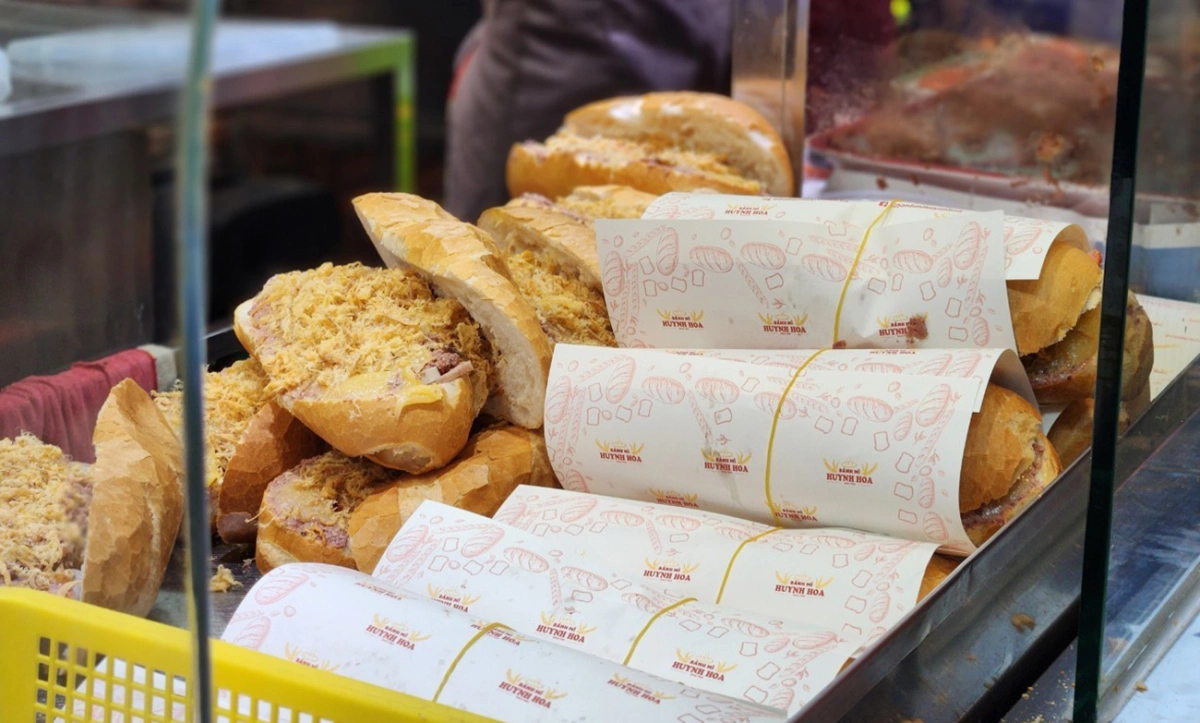

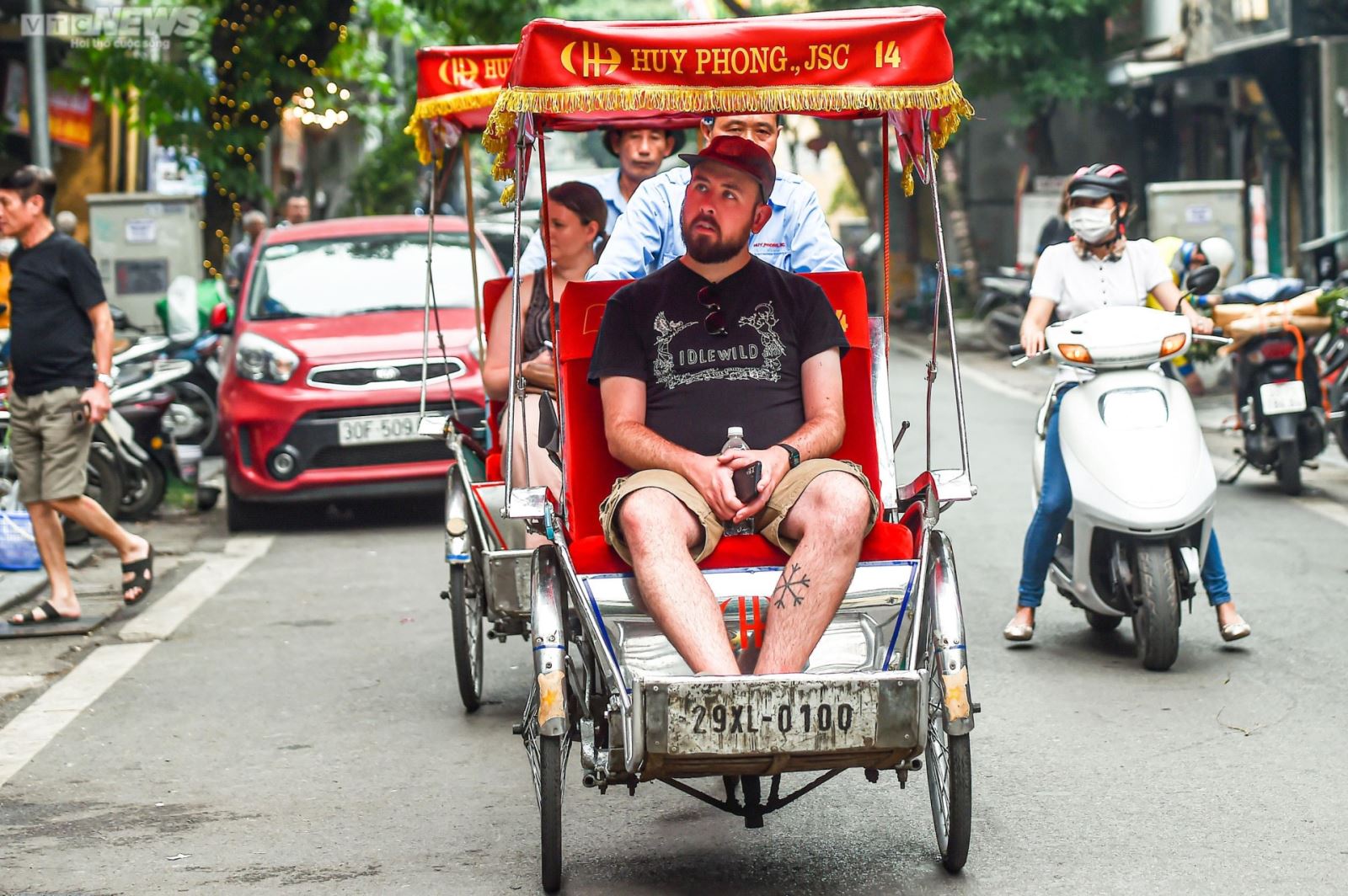




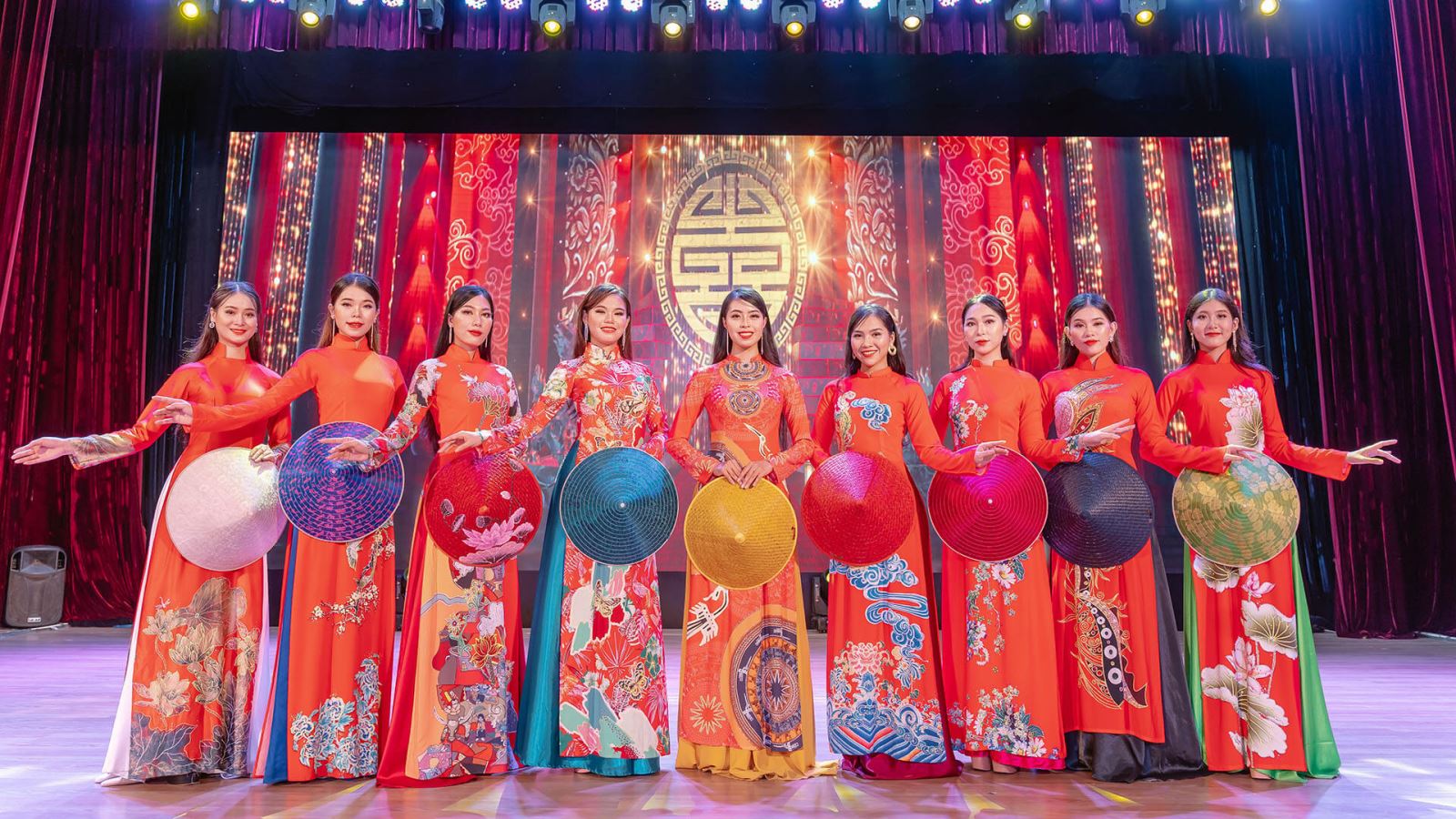



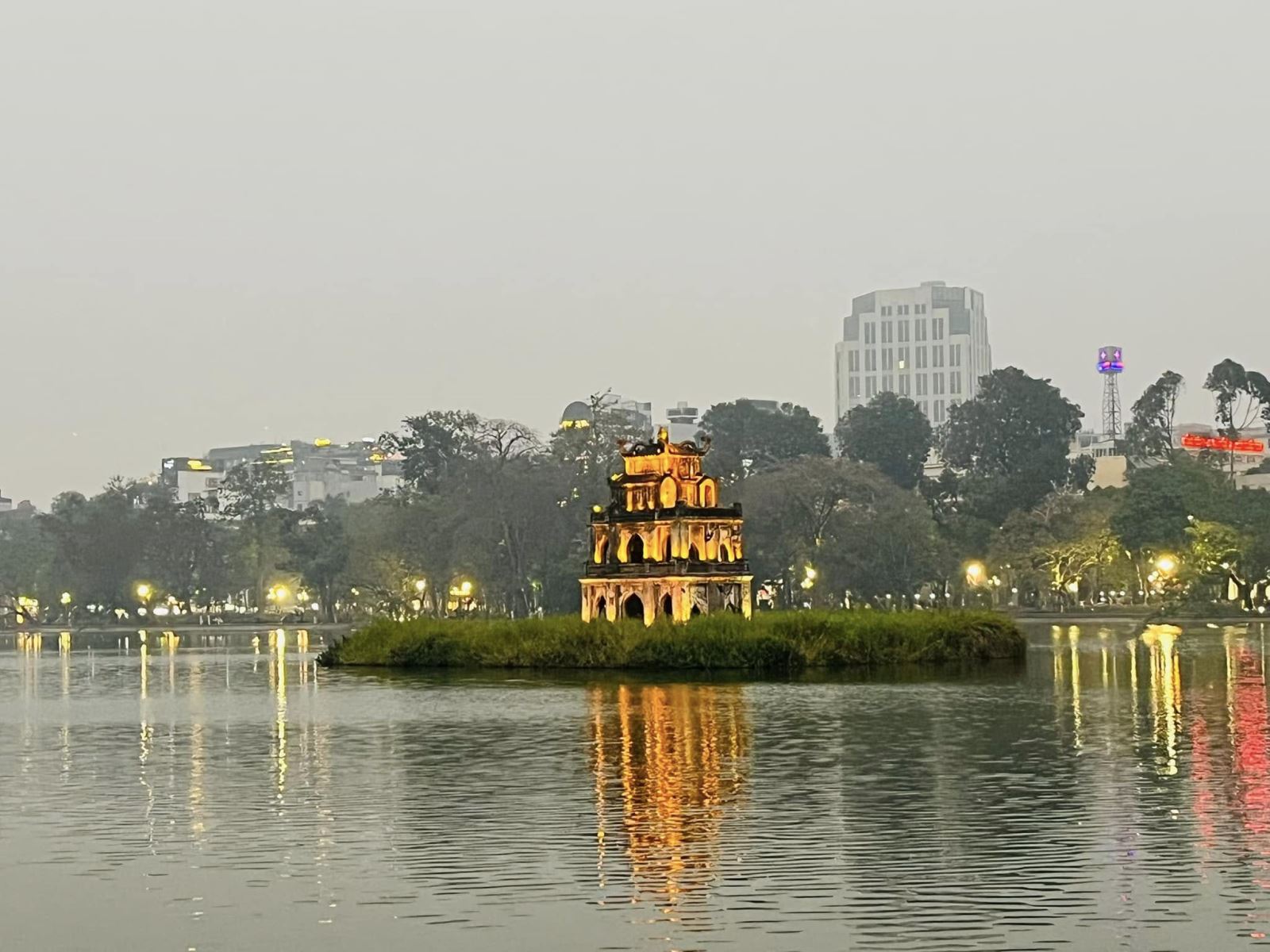
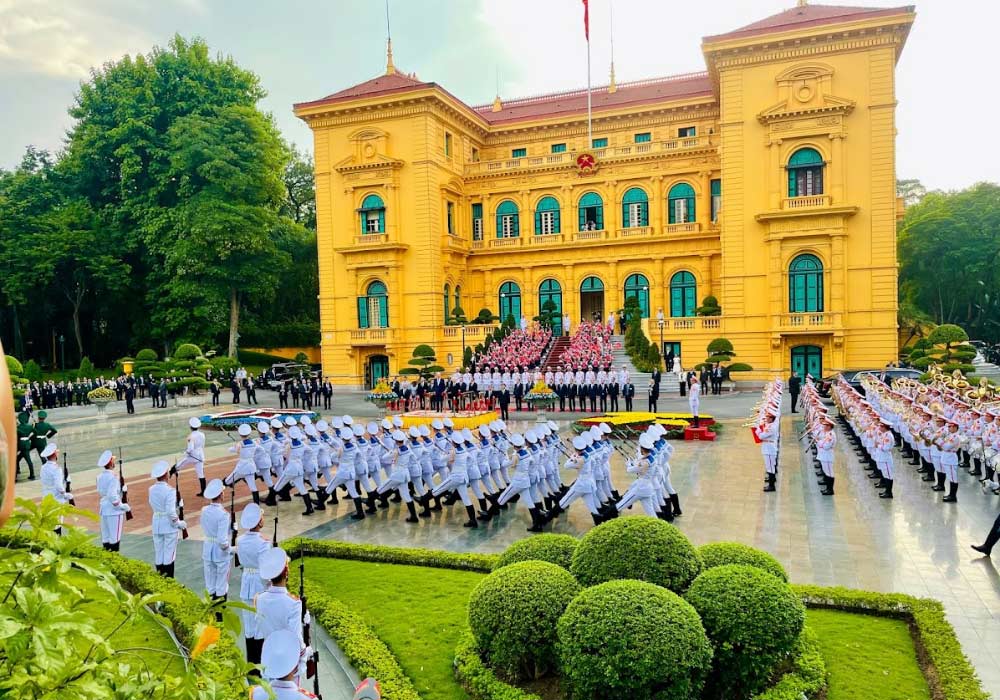



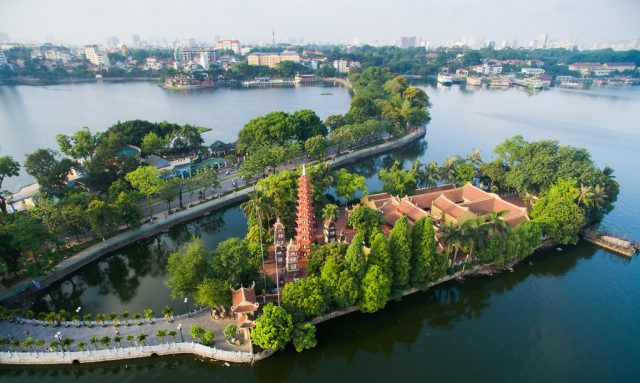
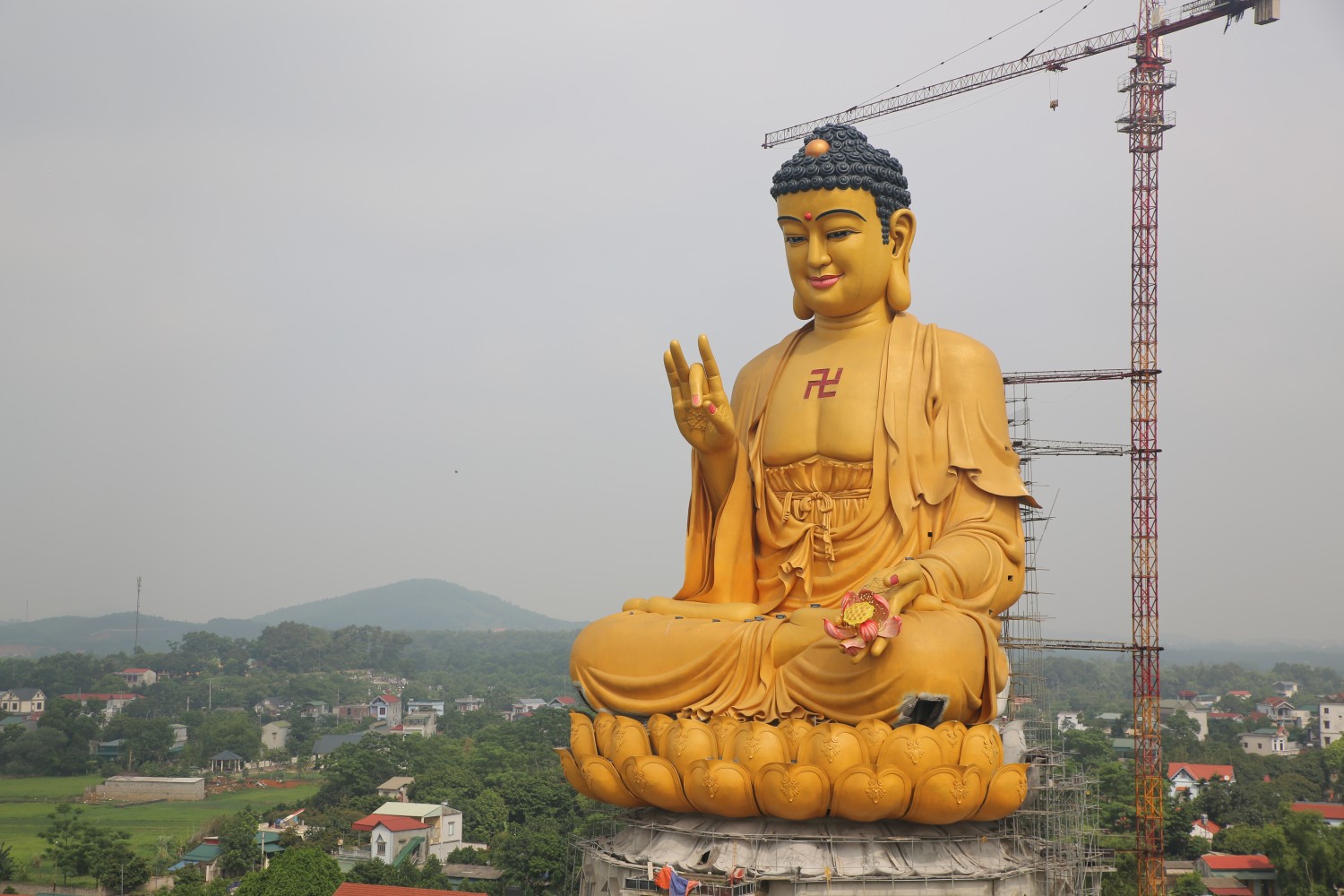
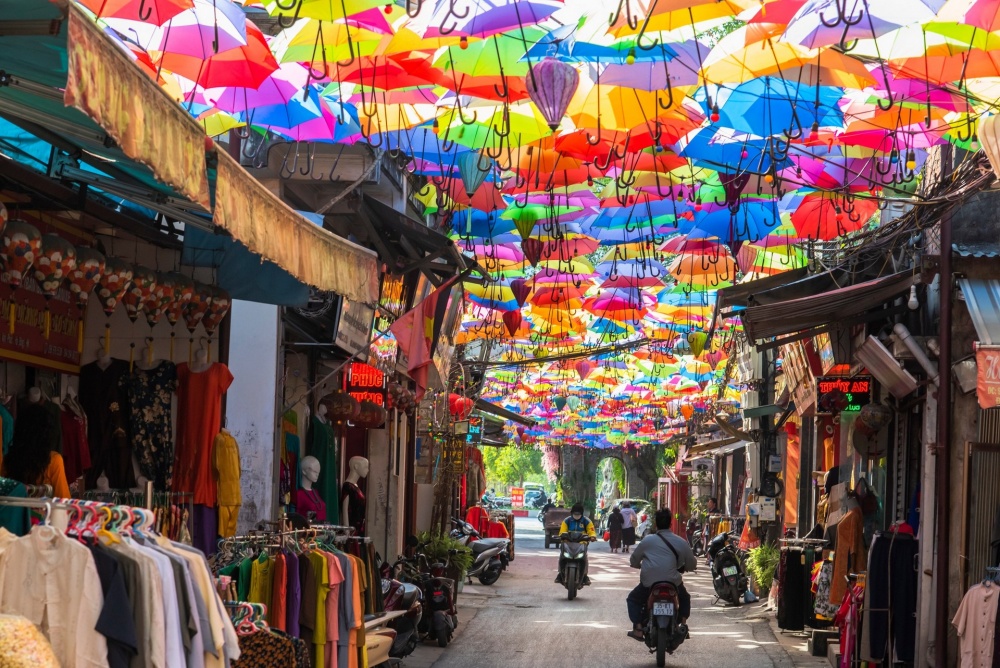
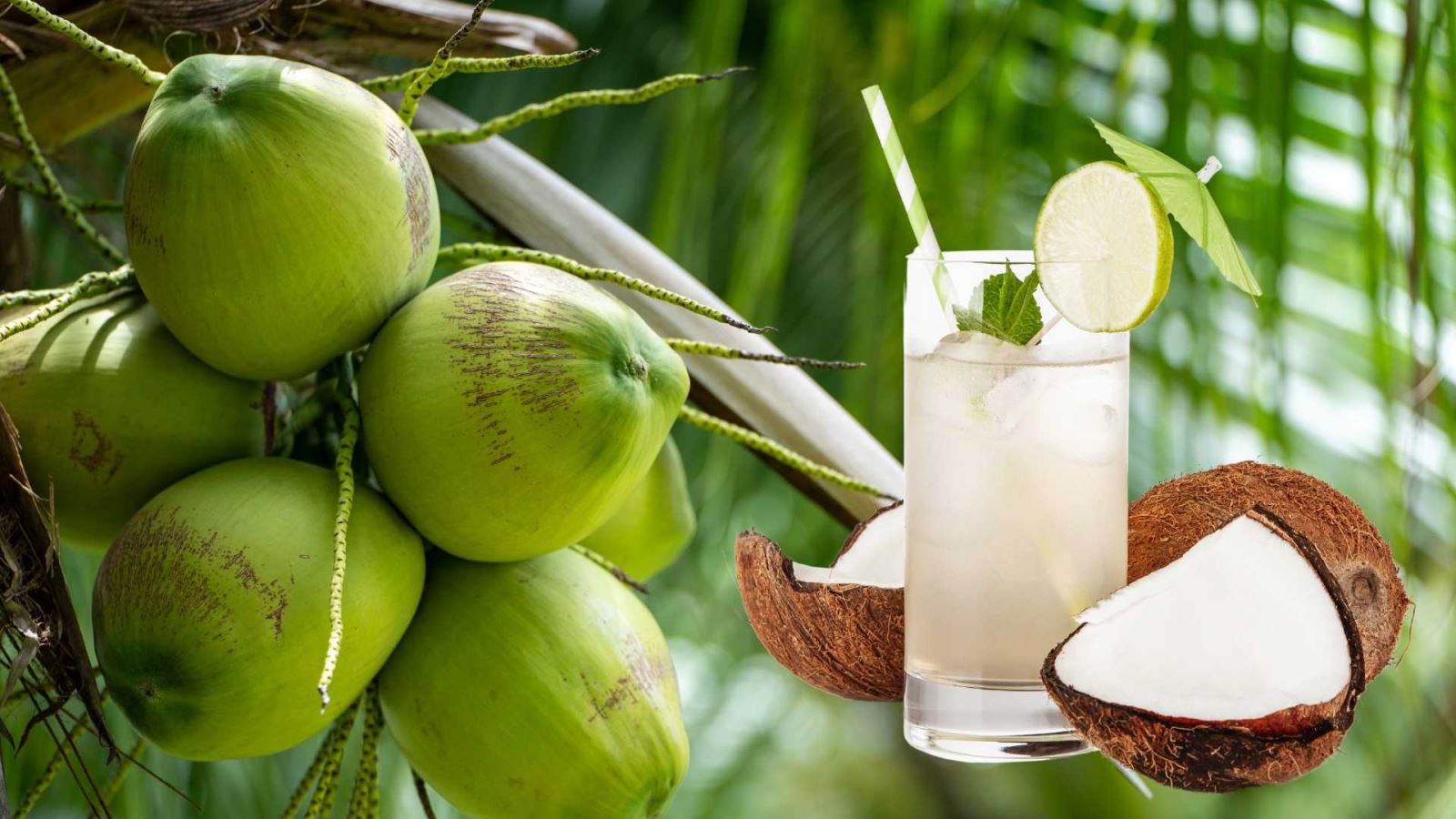
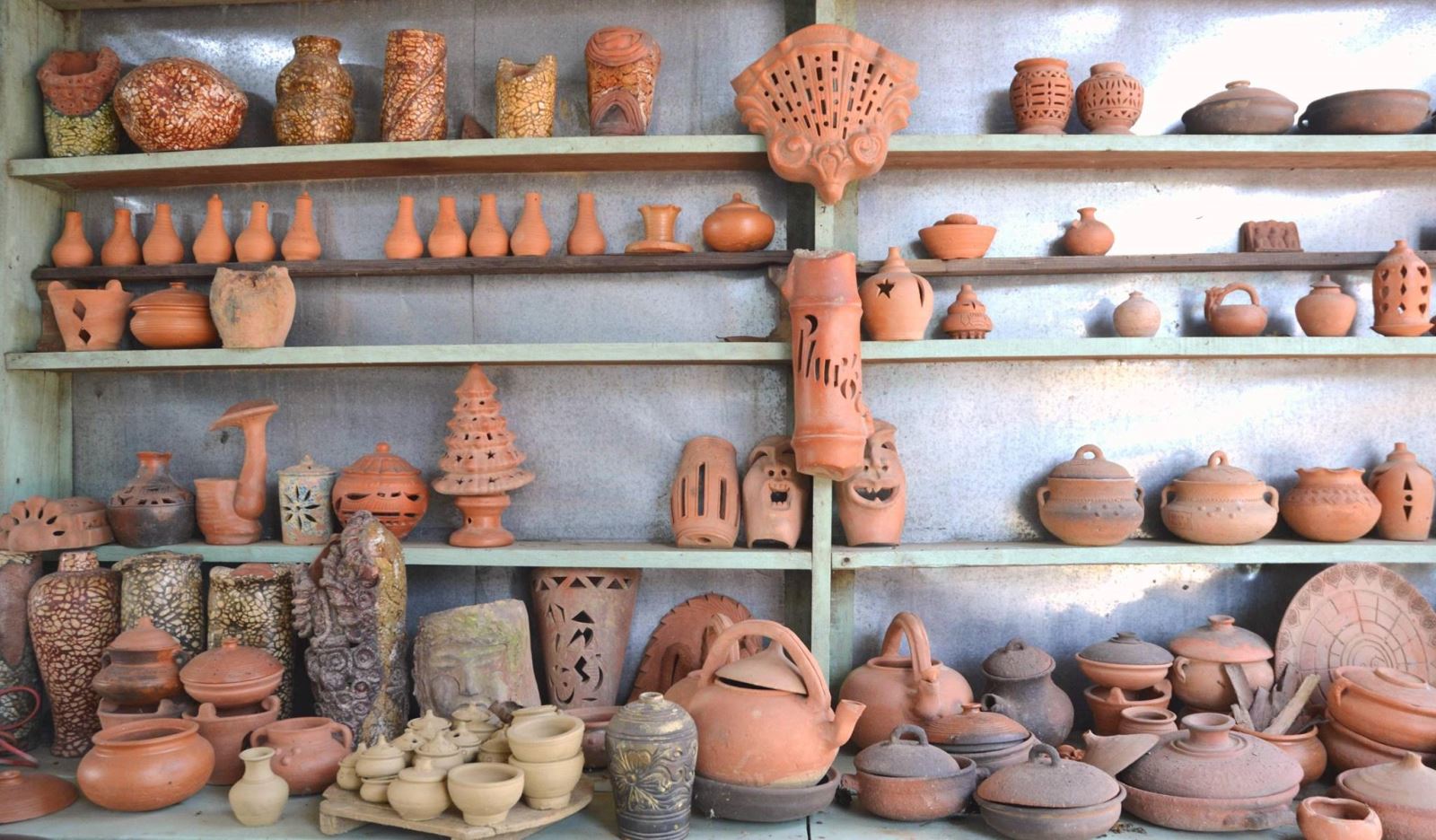
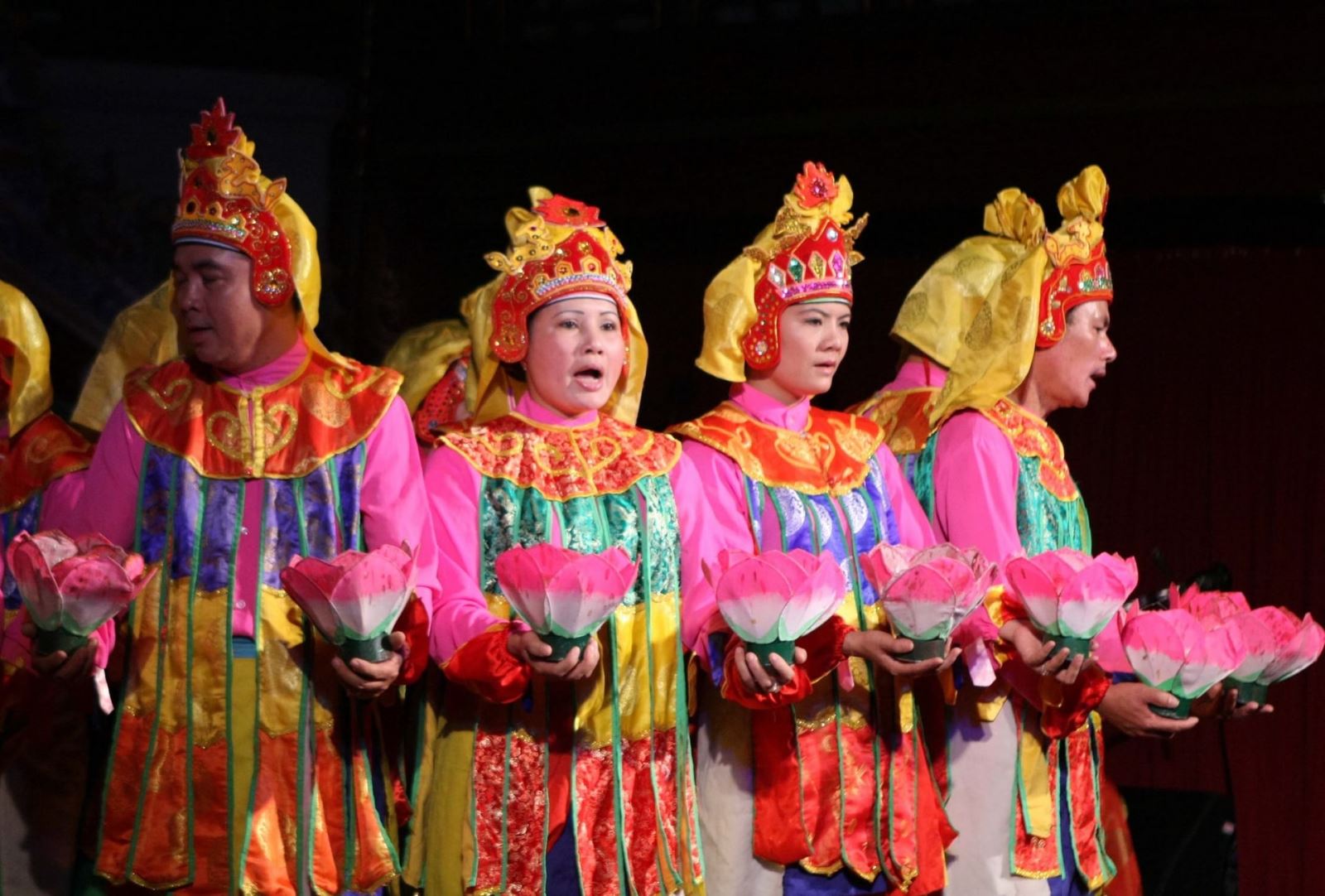
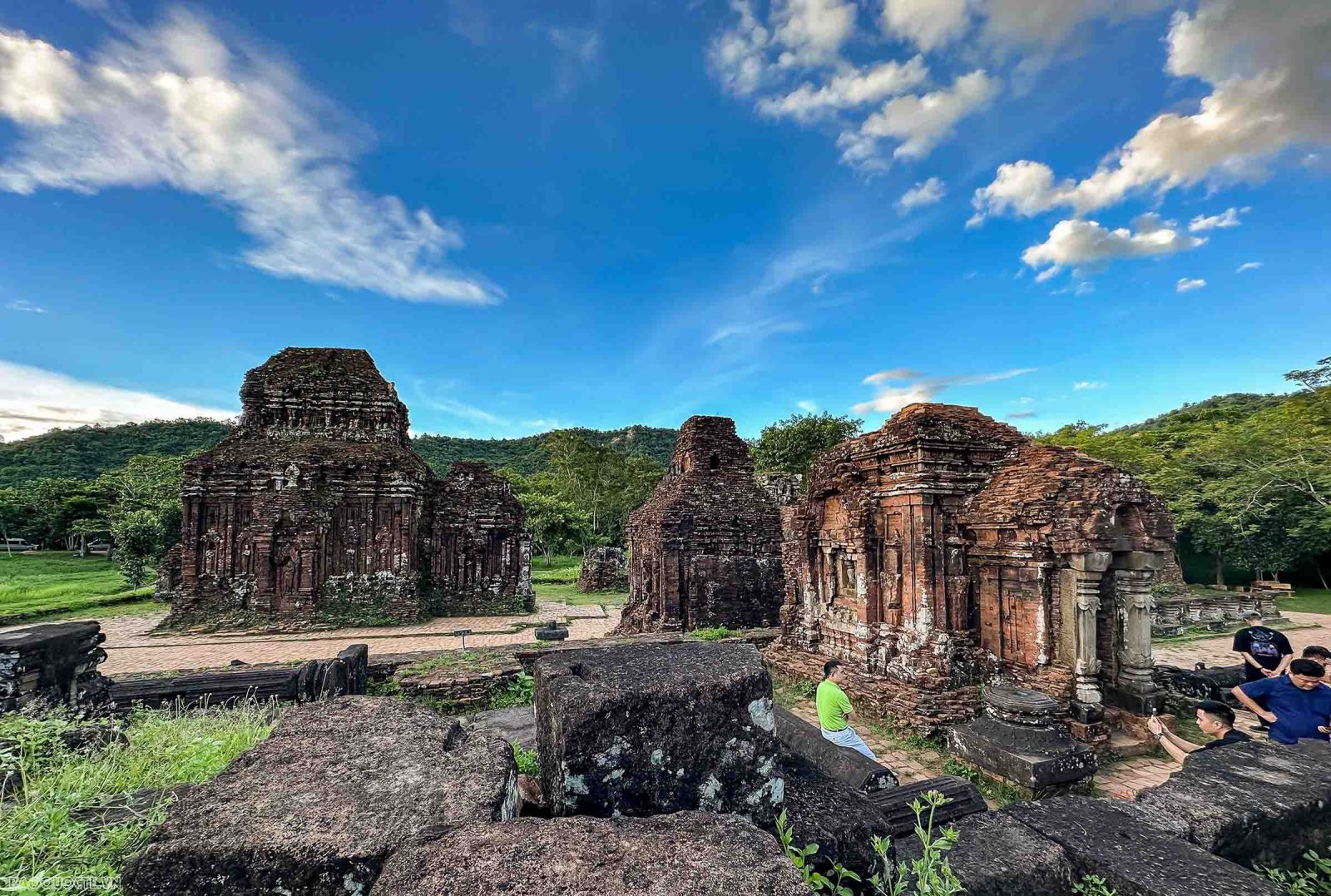
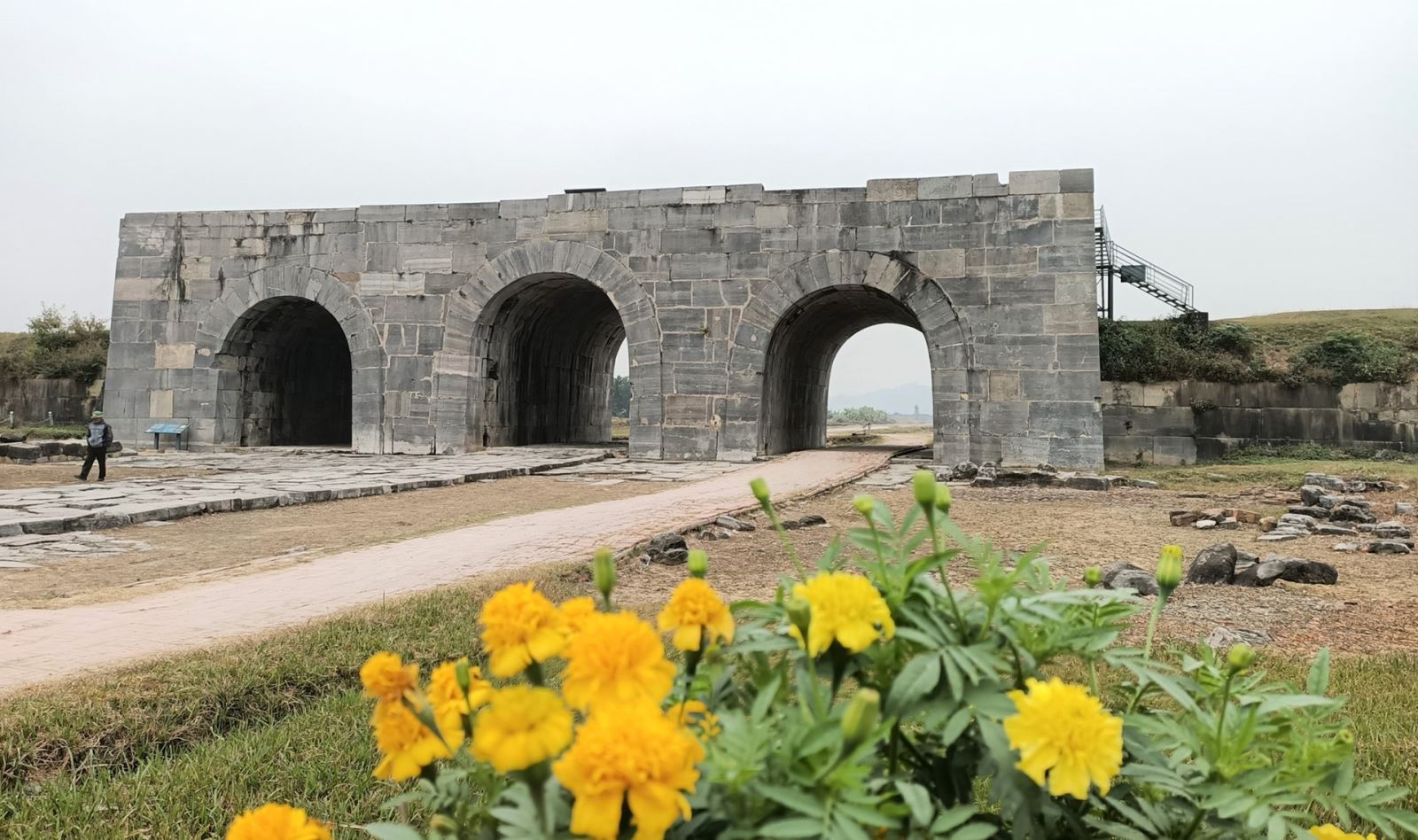

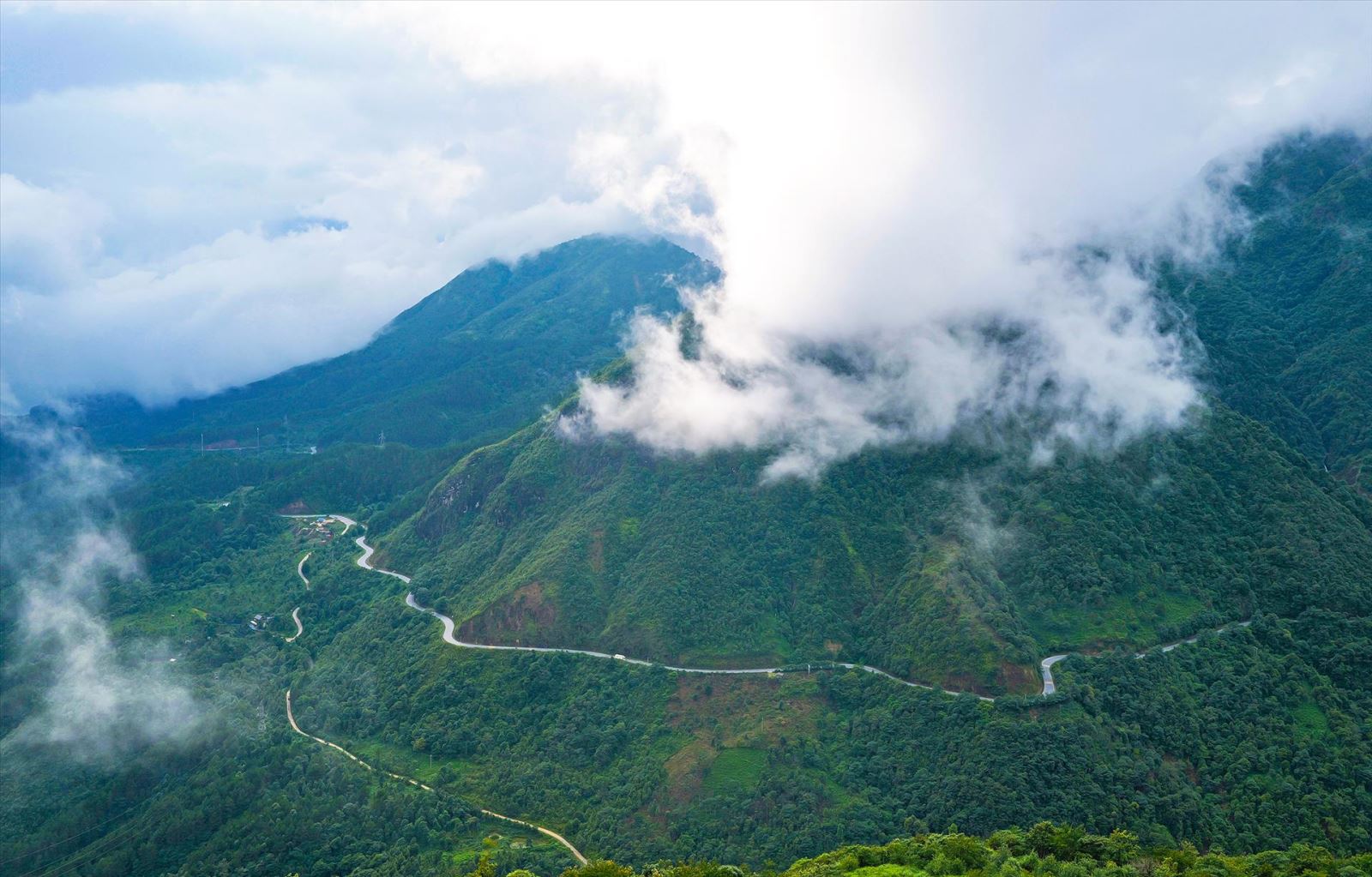

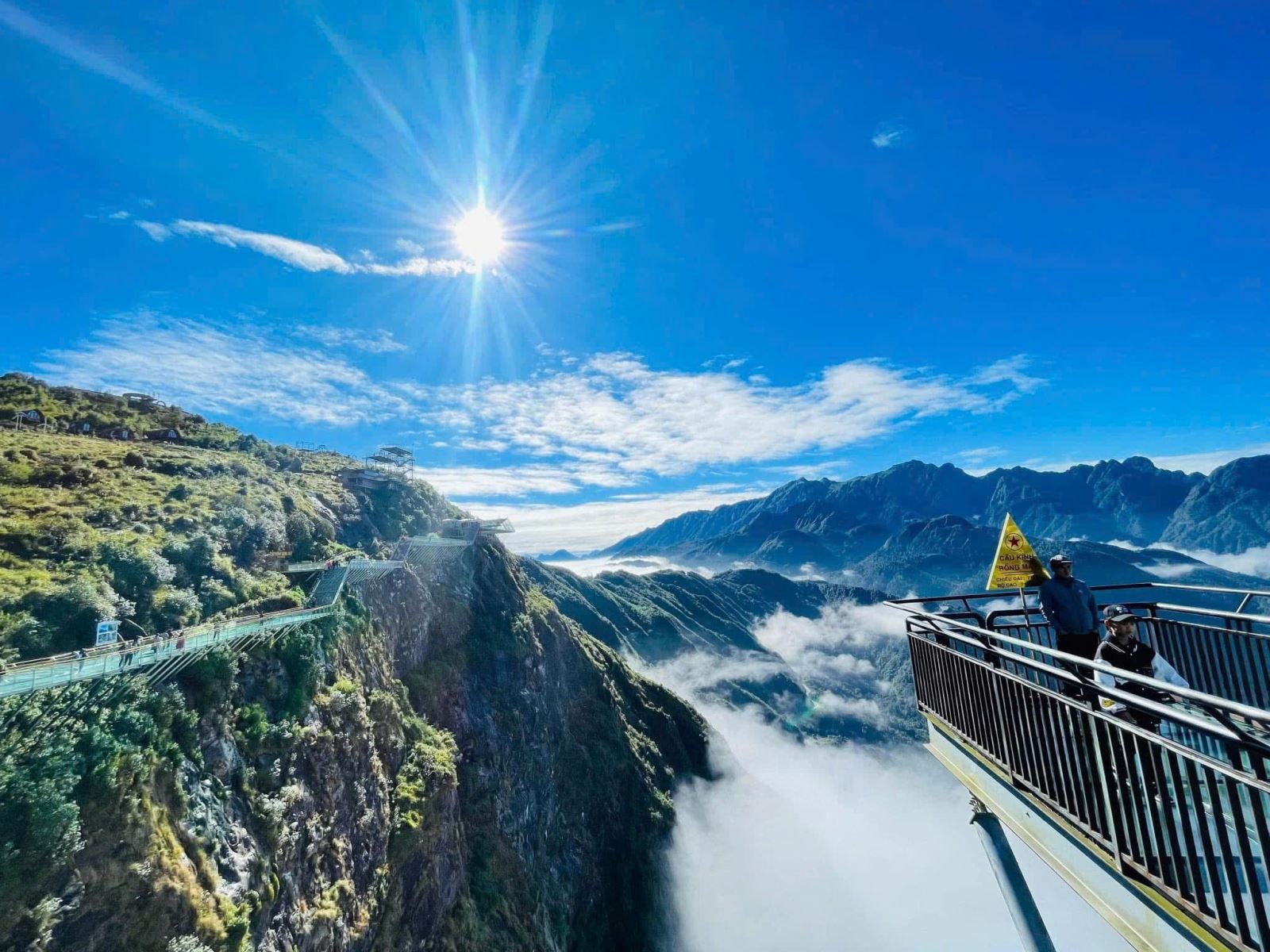
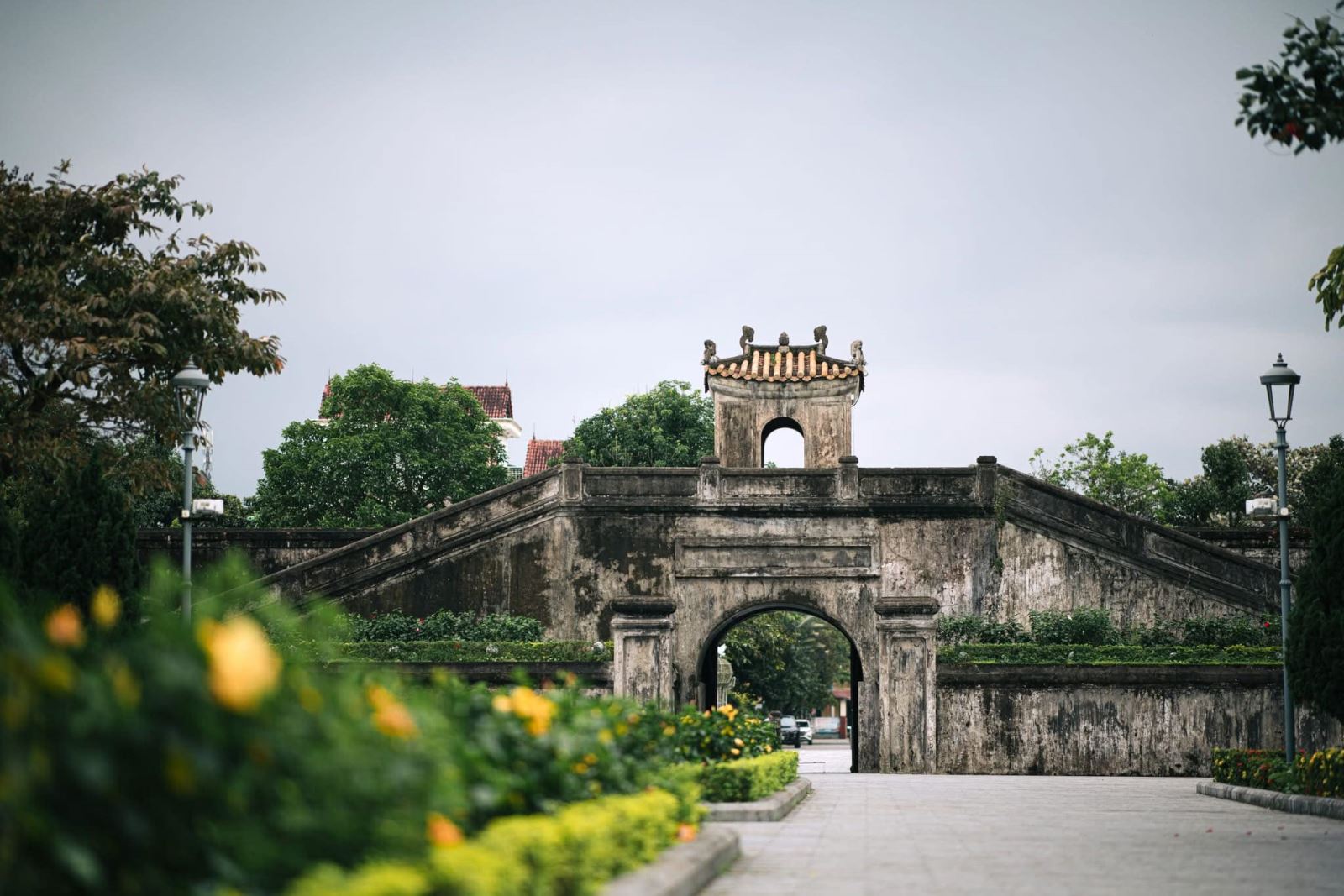

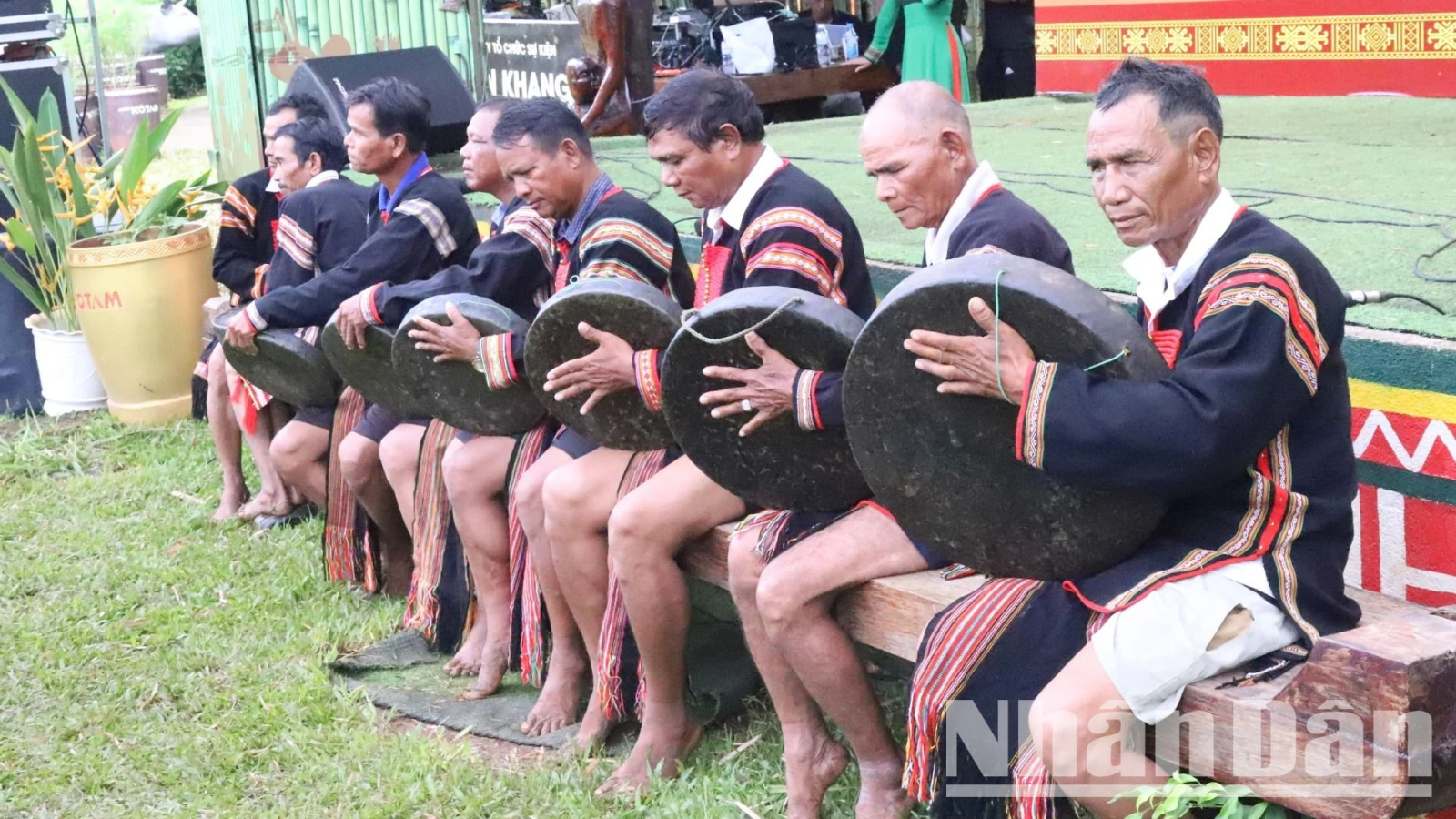


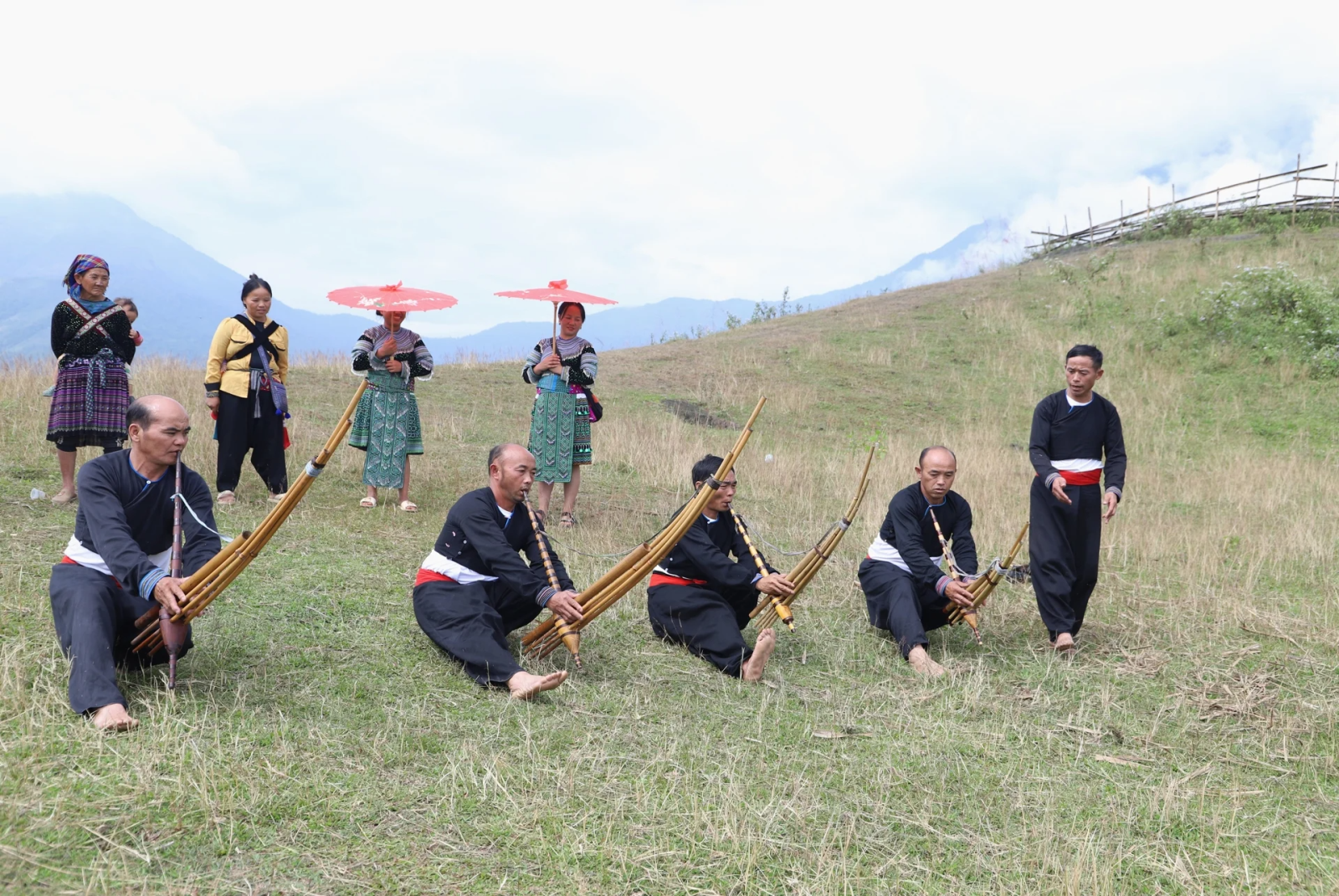
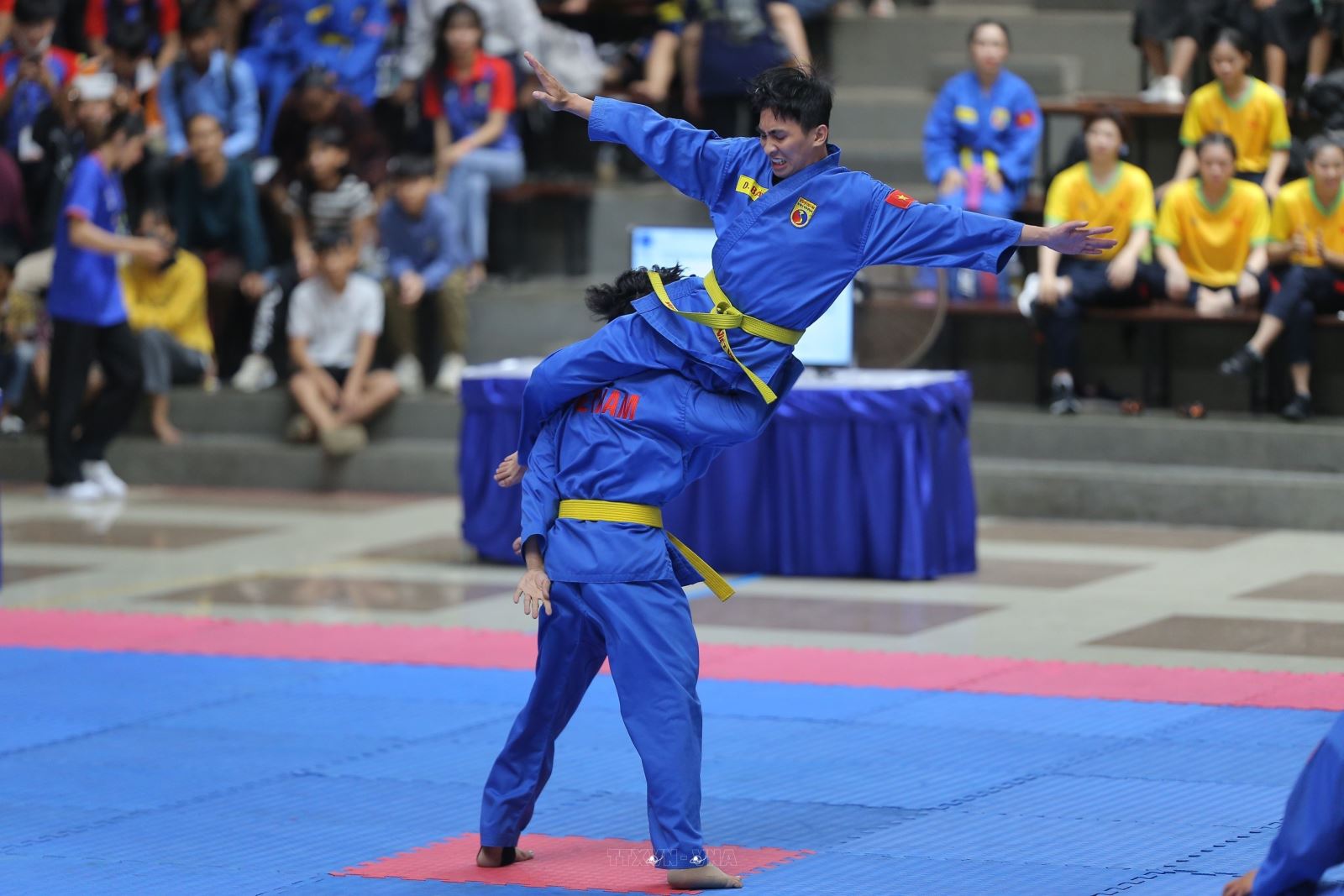
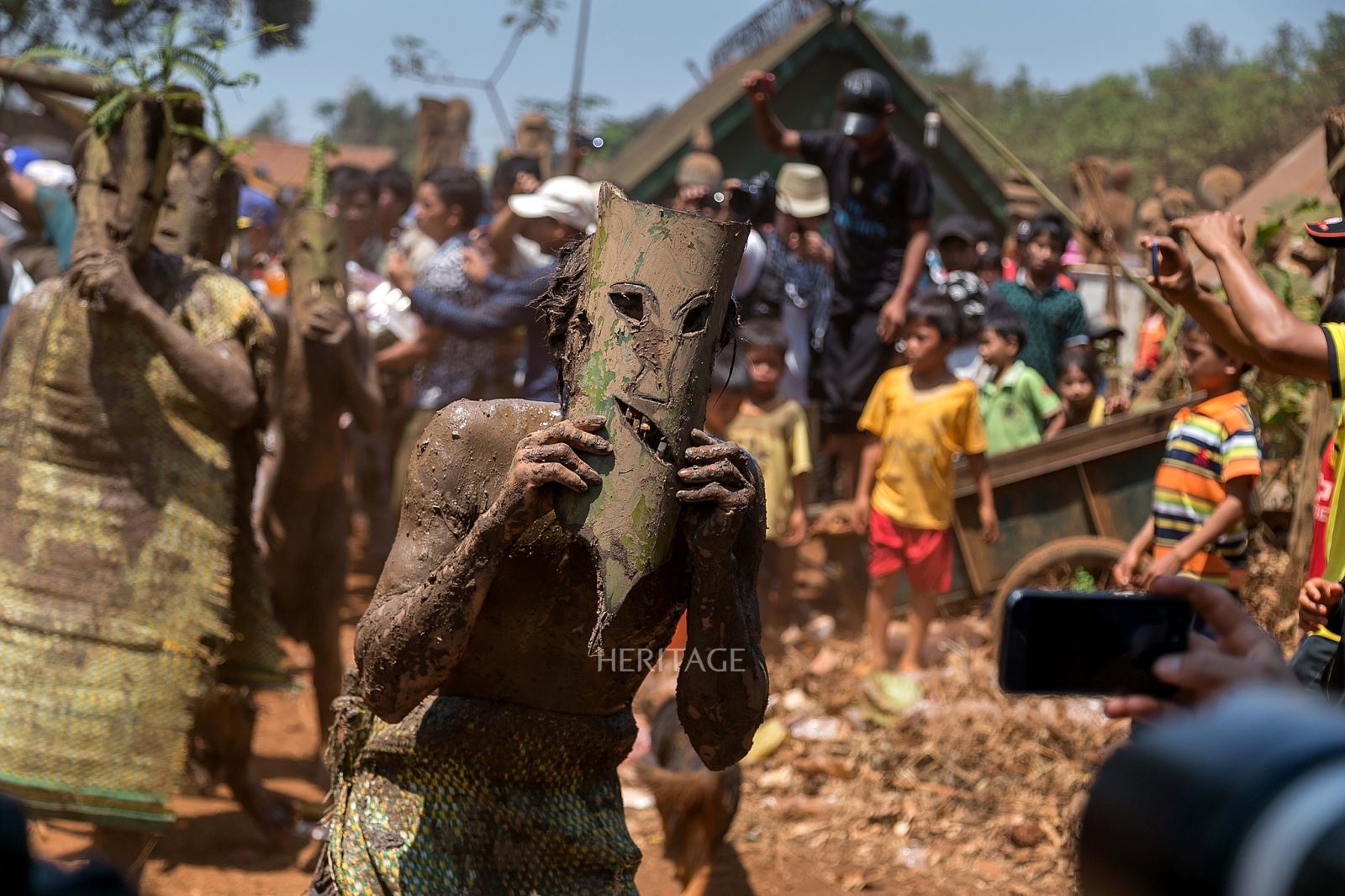

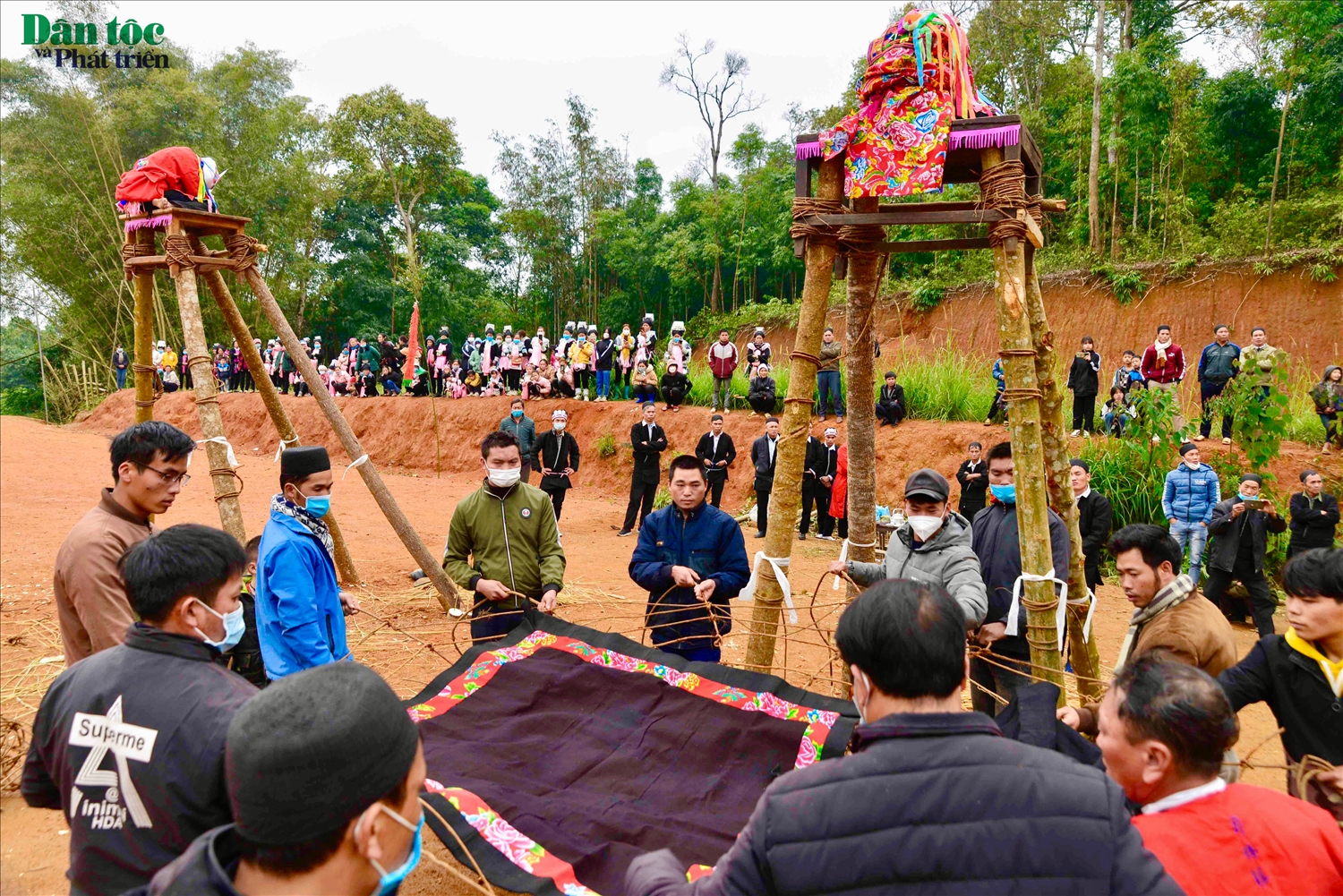
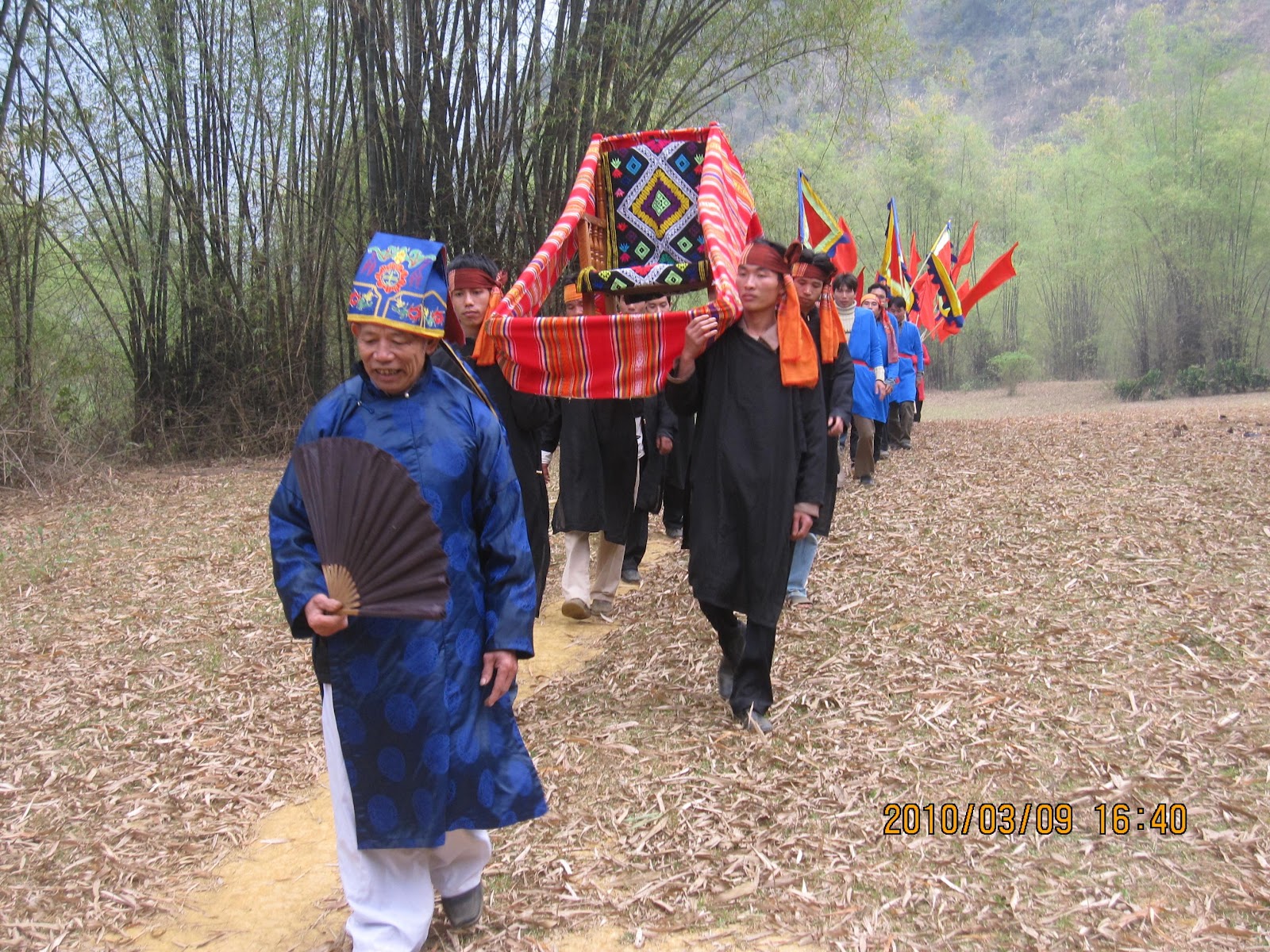

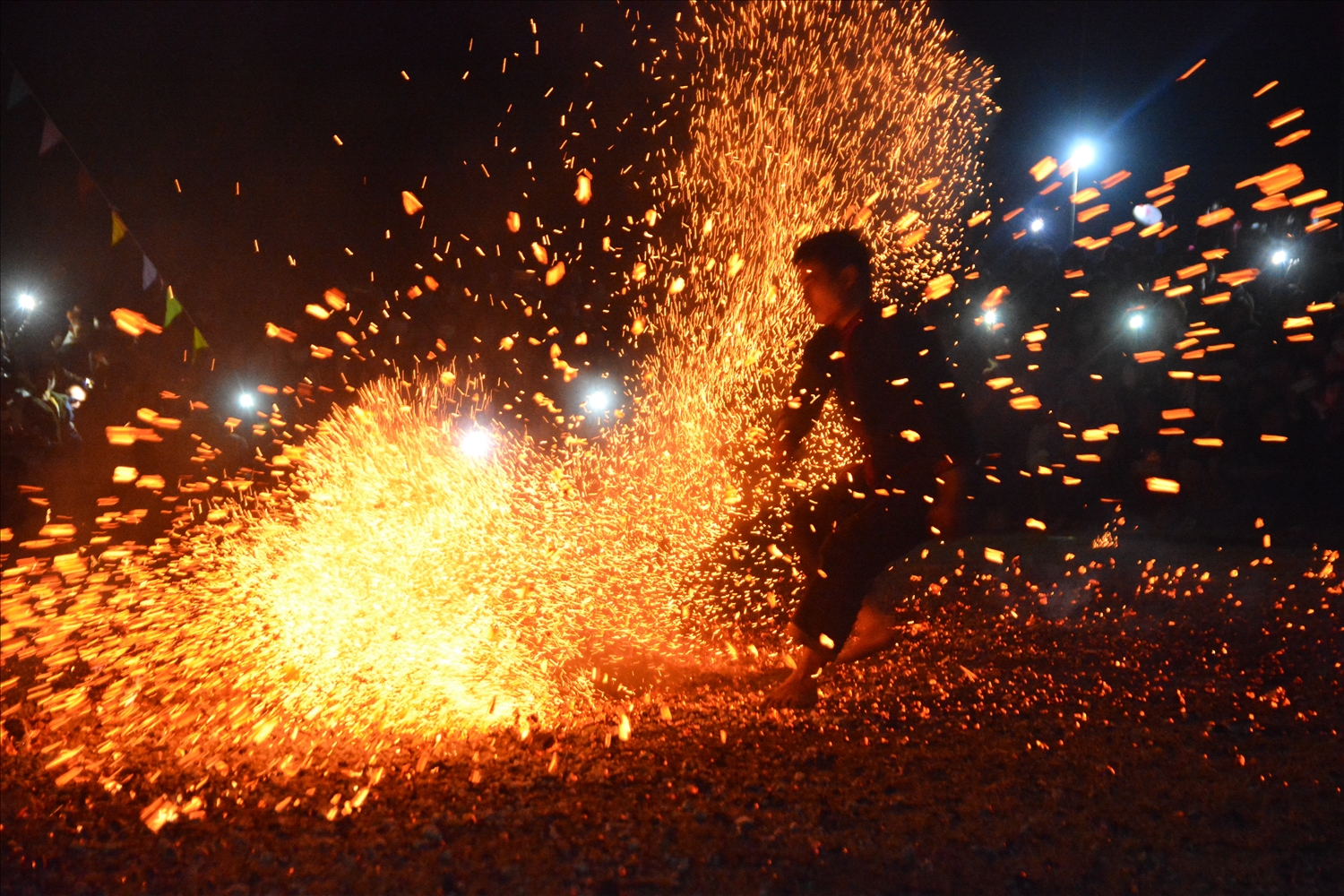
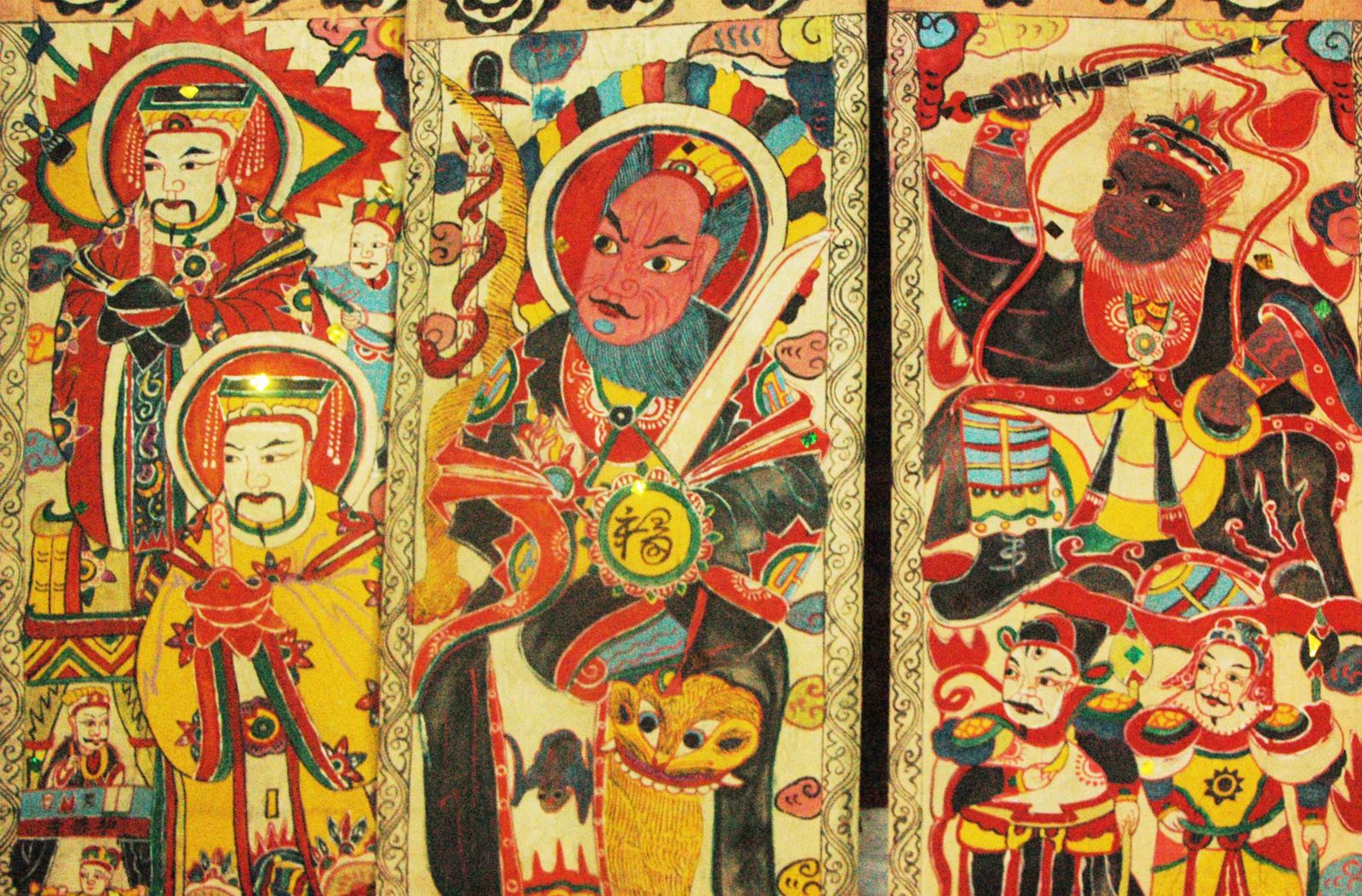

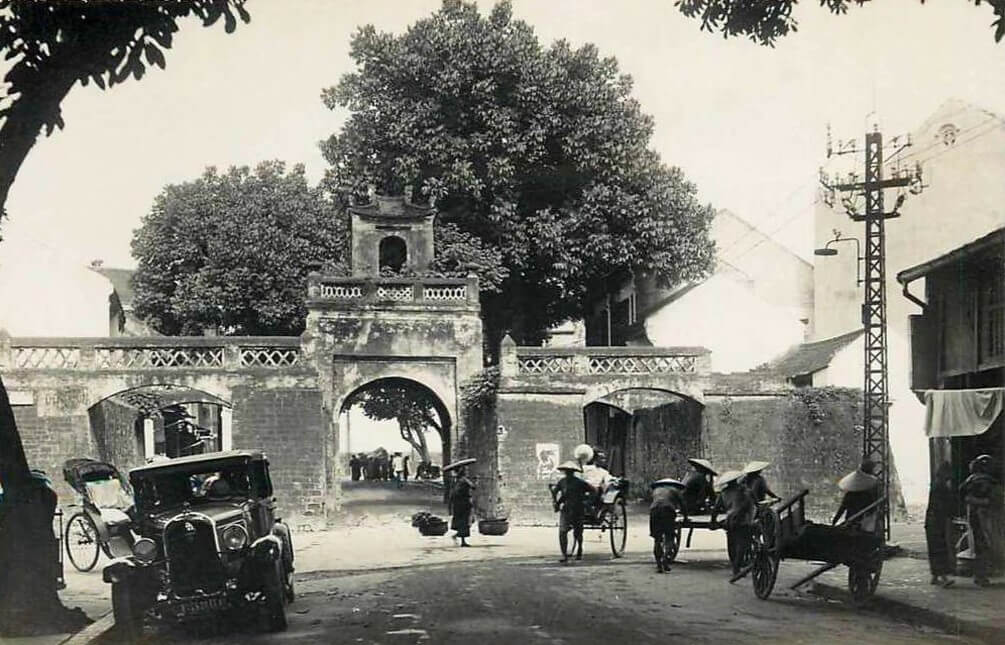
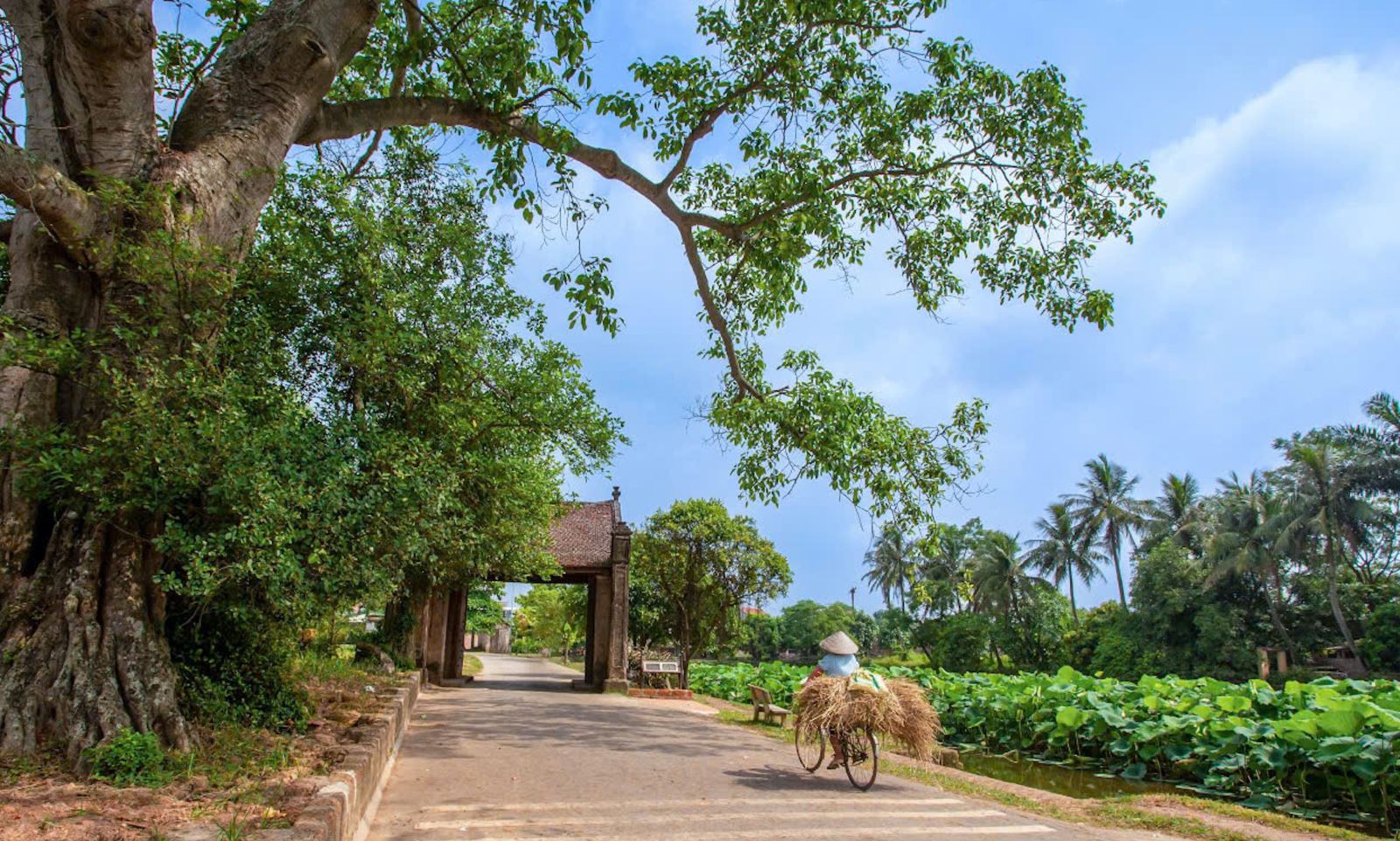
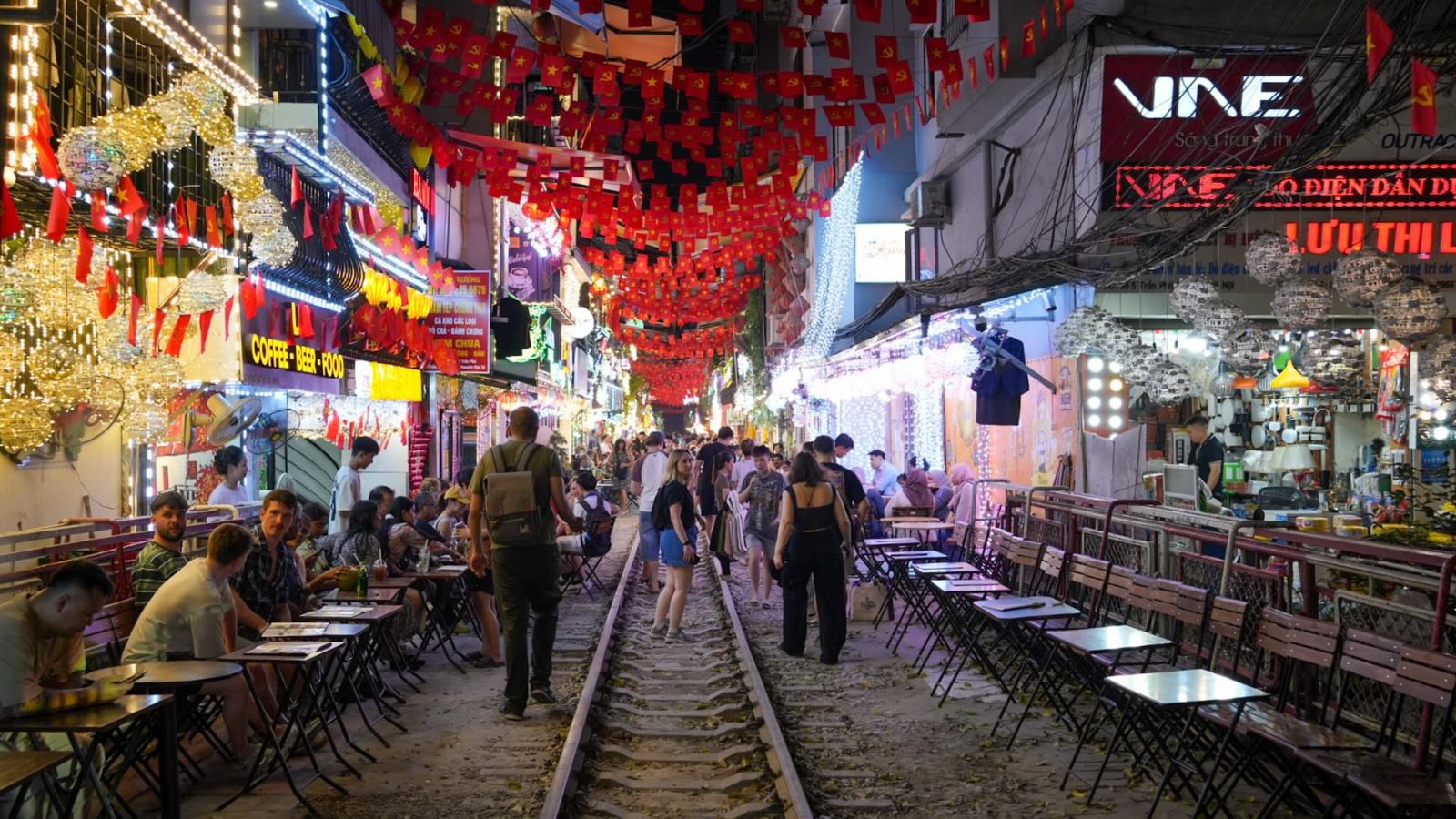
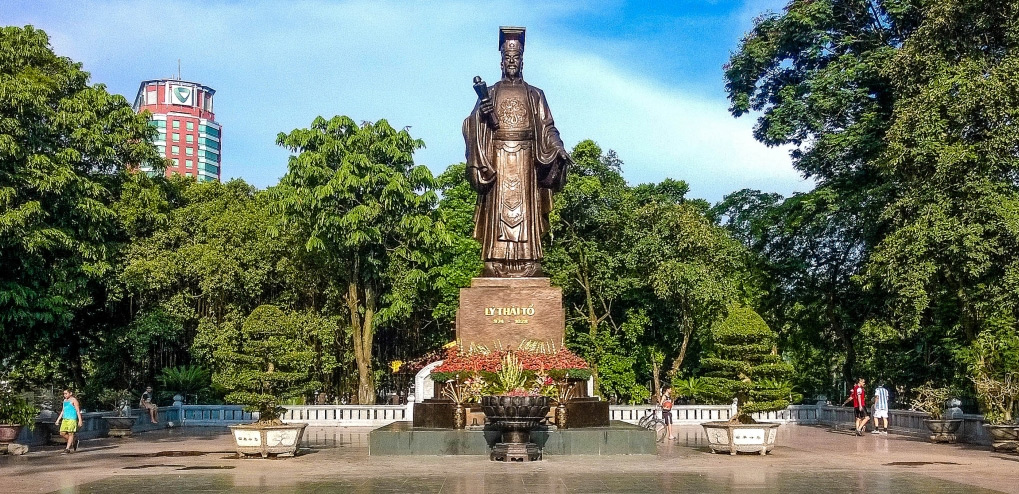


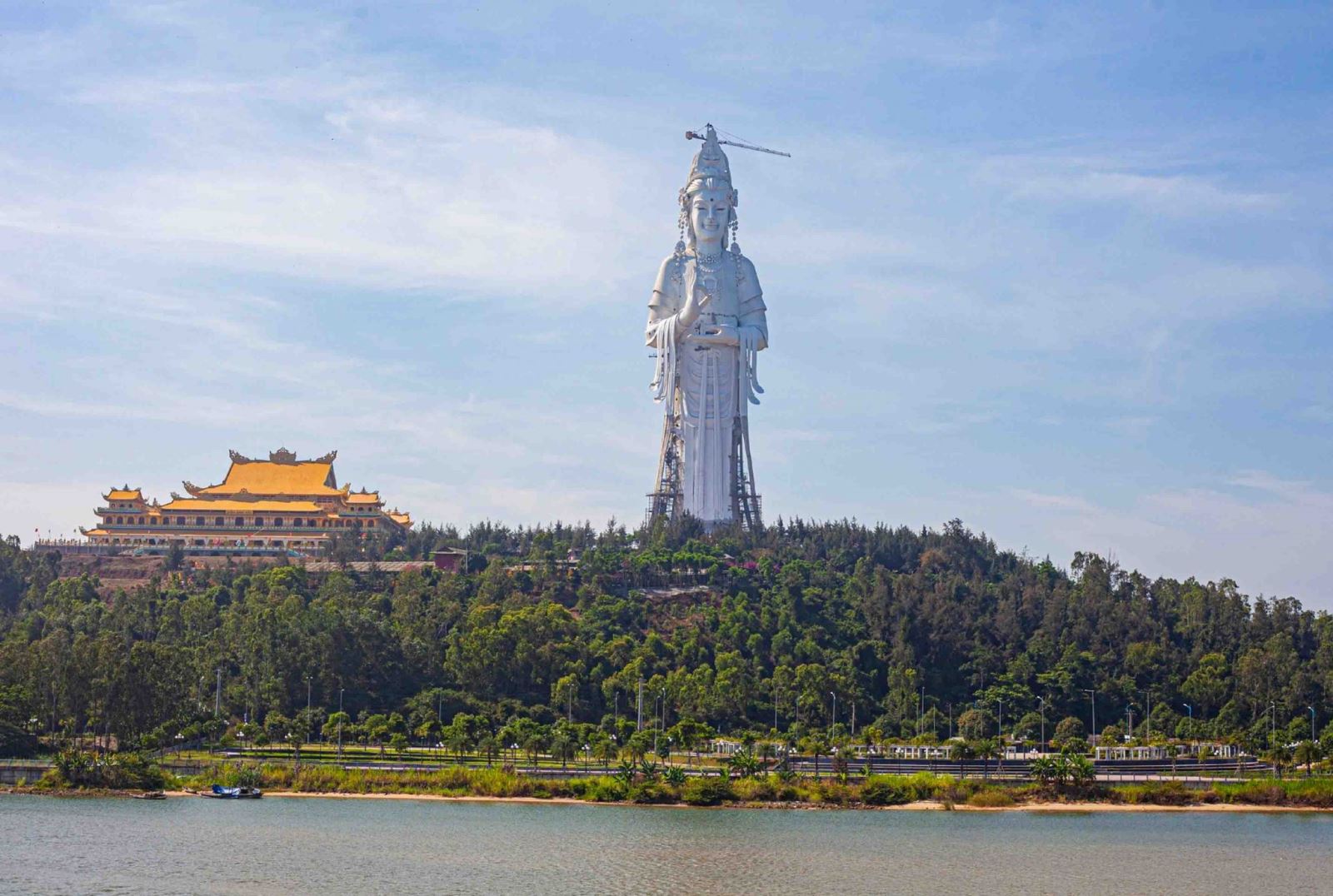
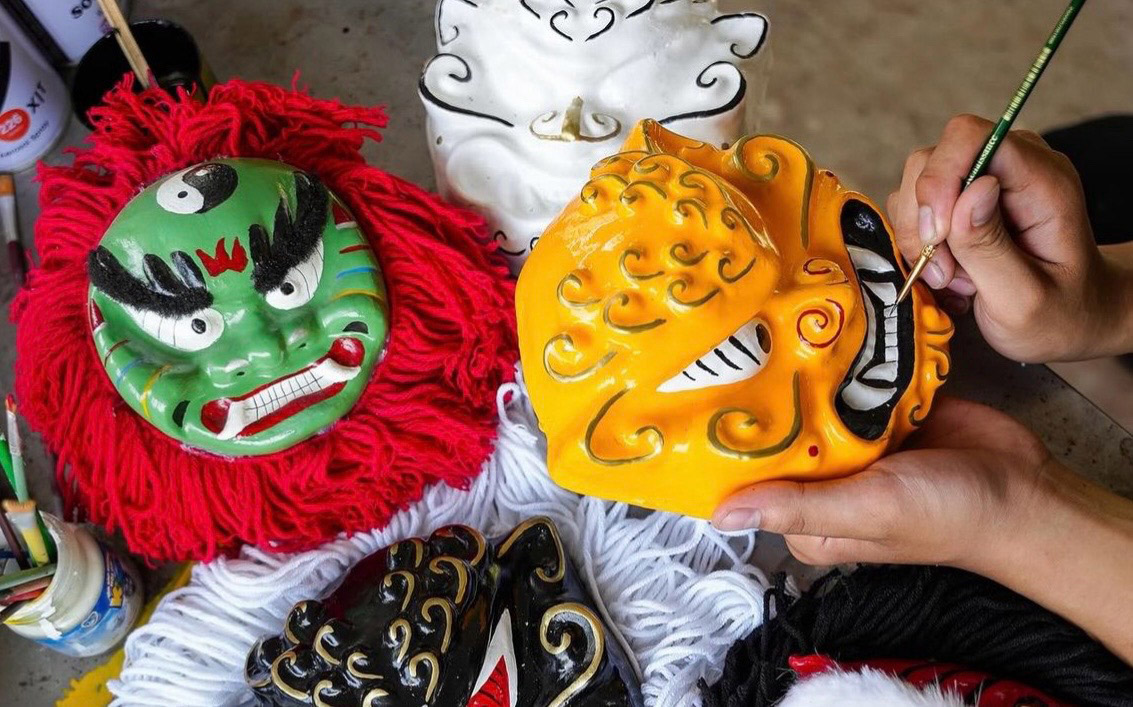
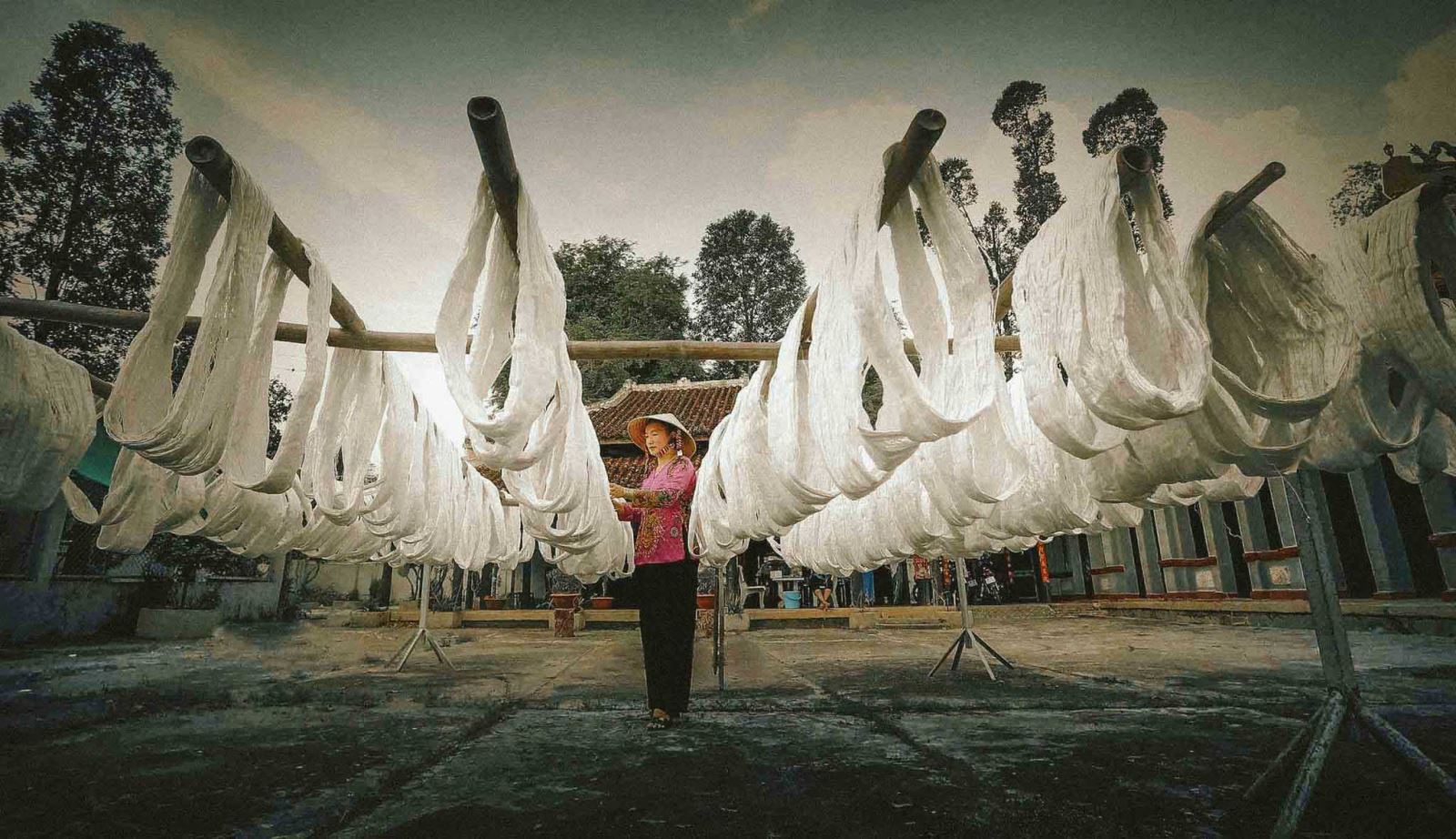

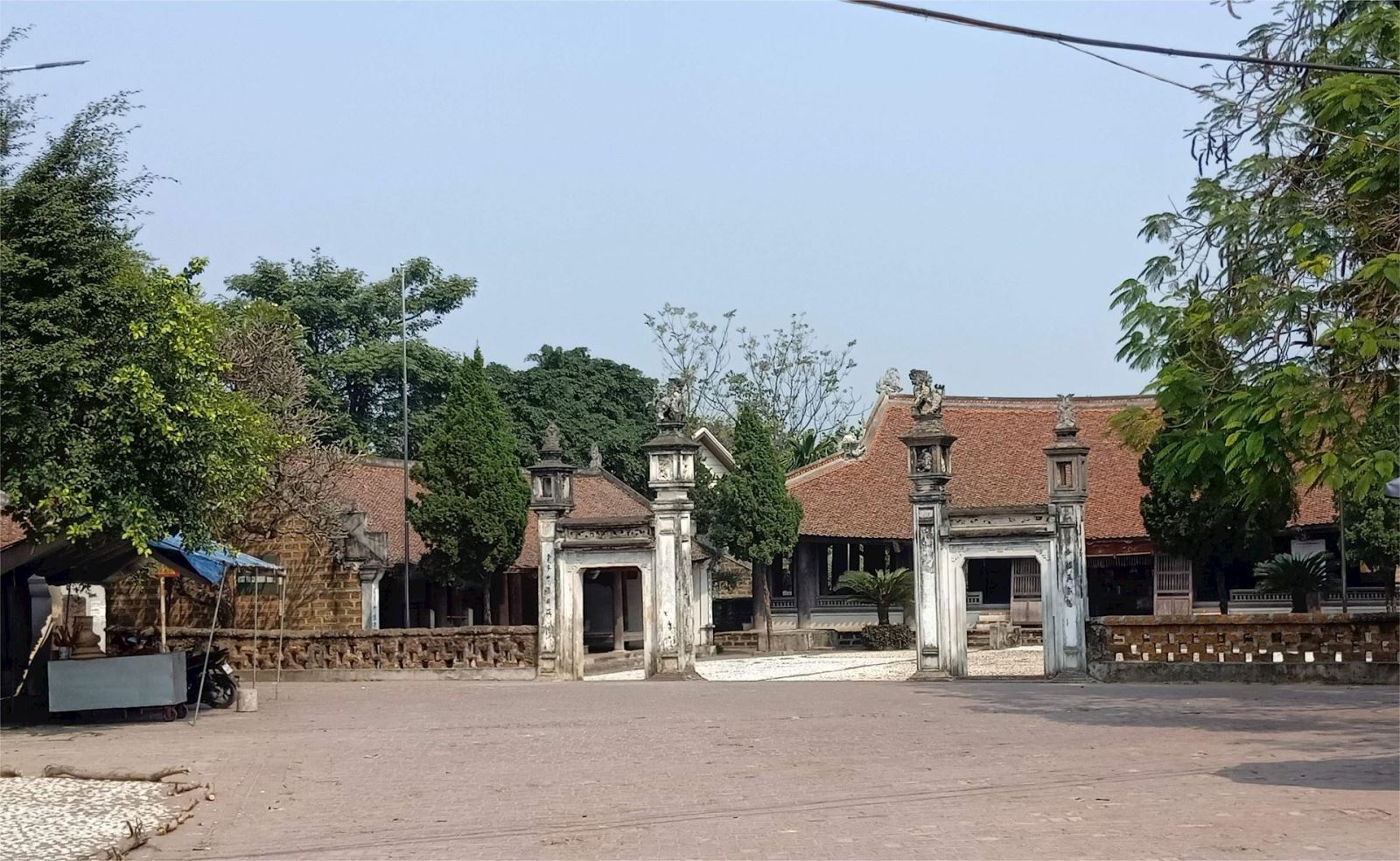
.png)